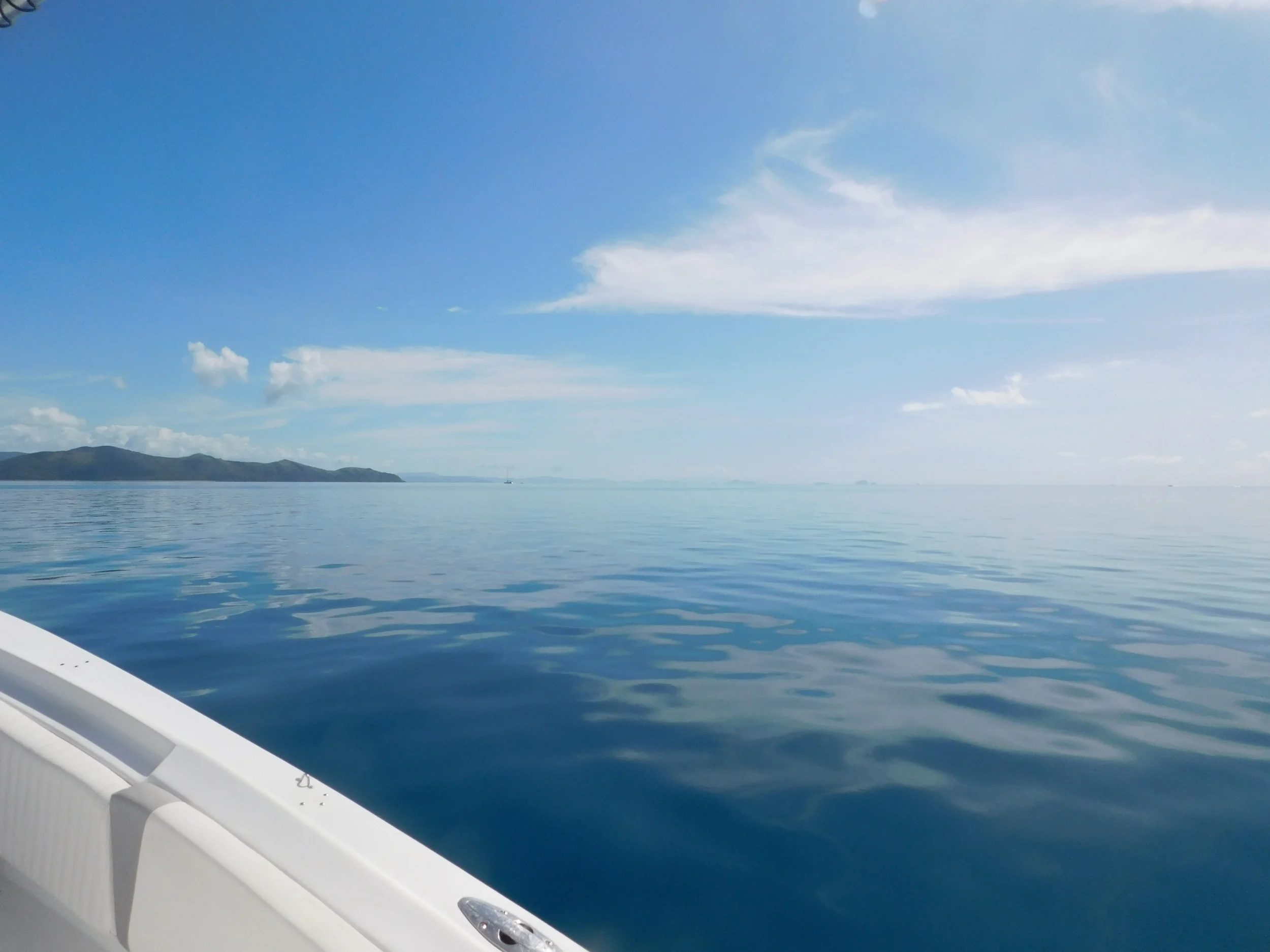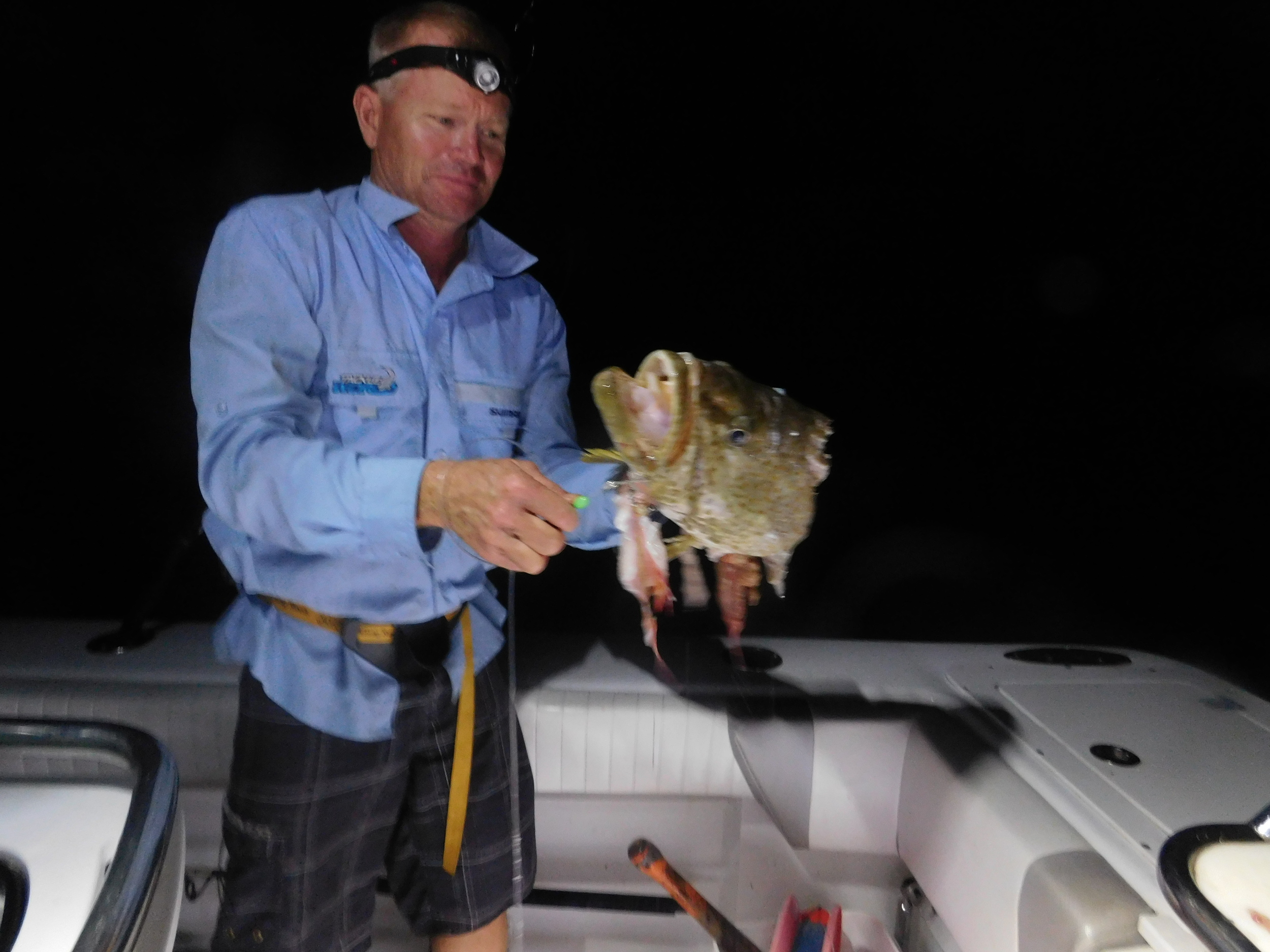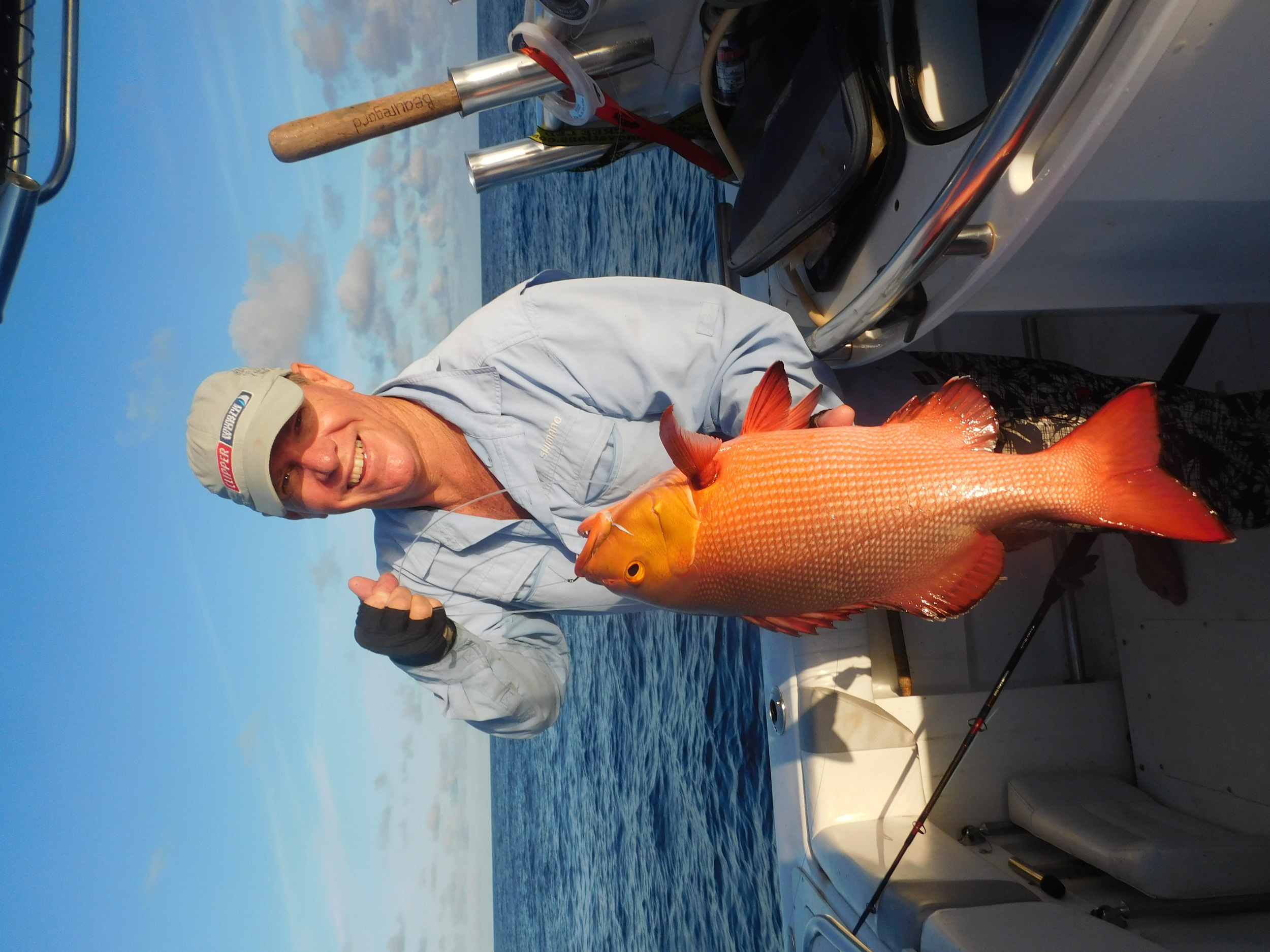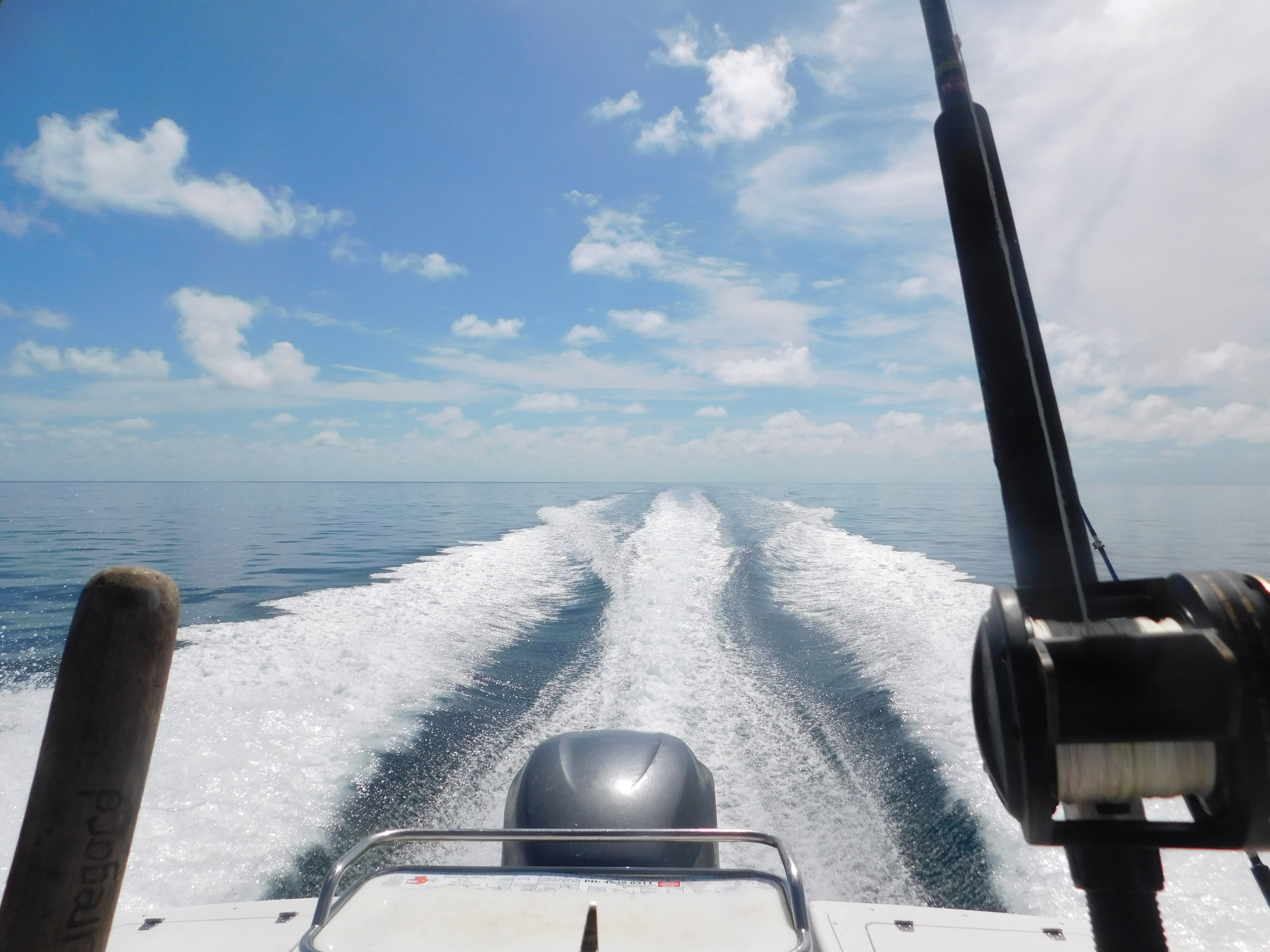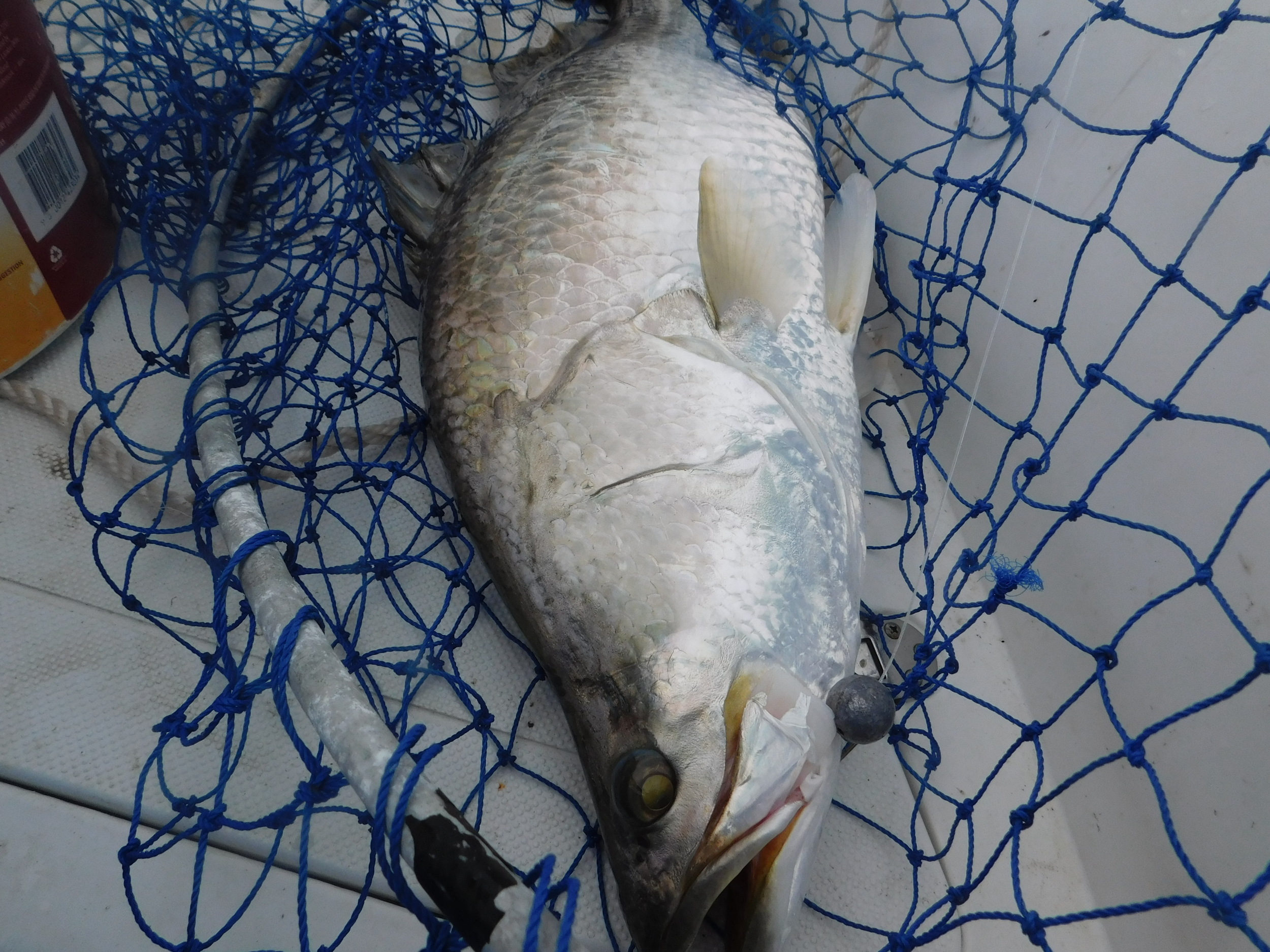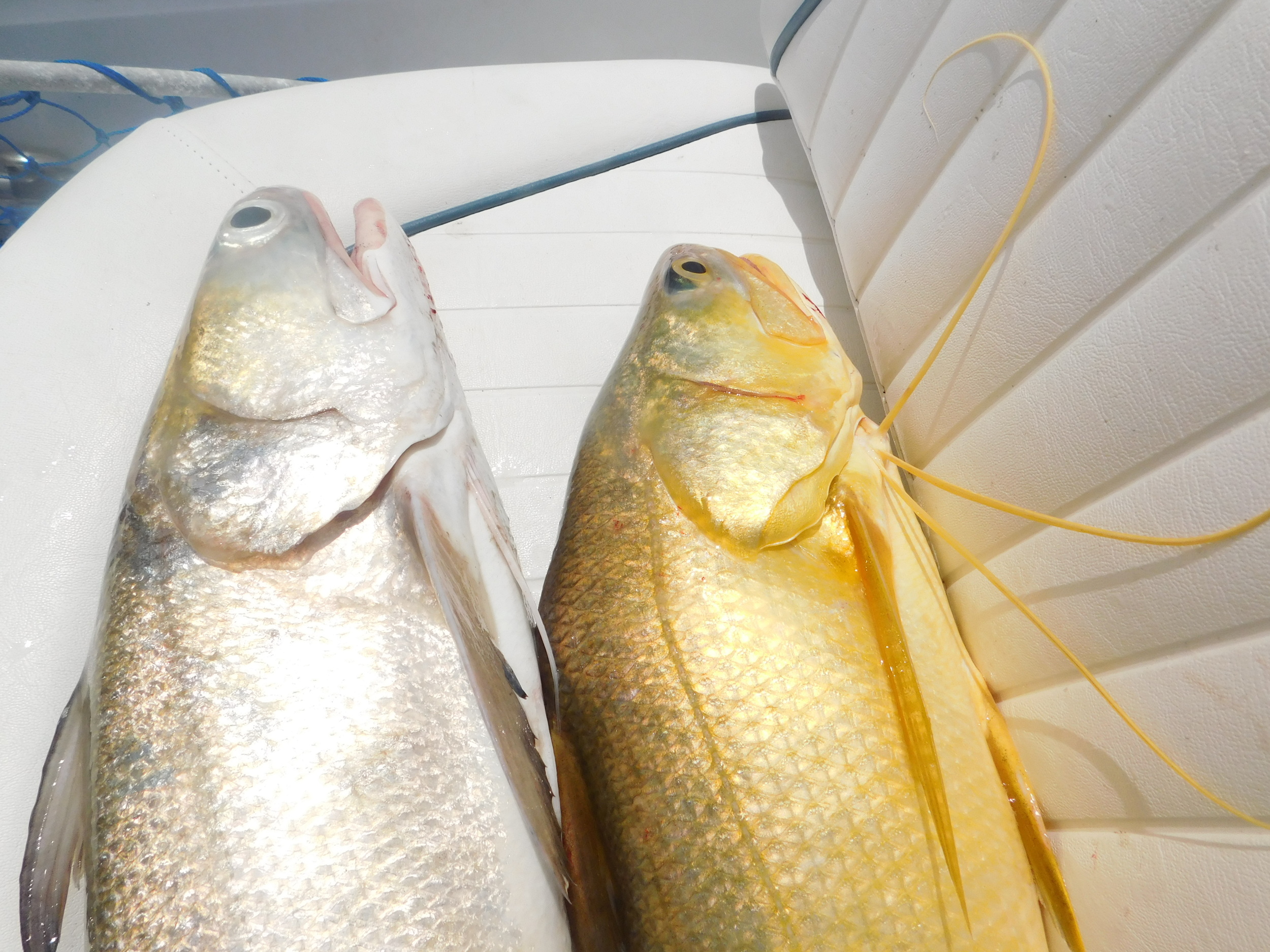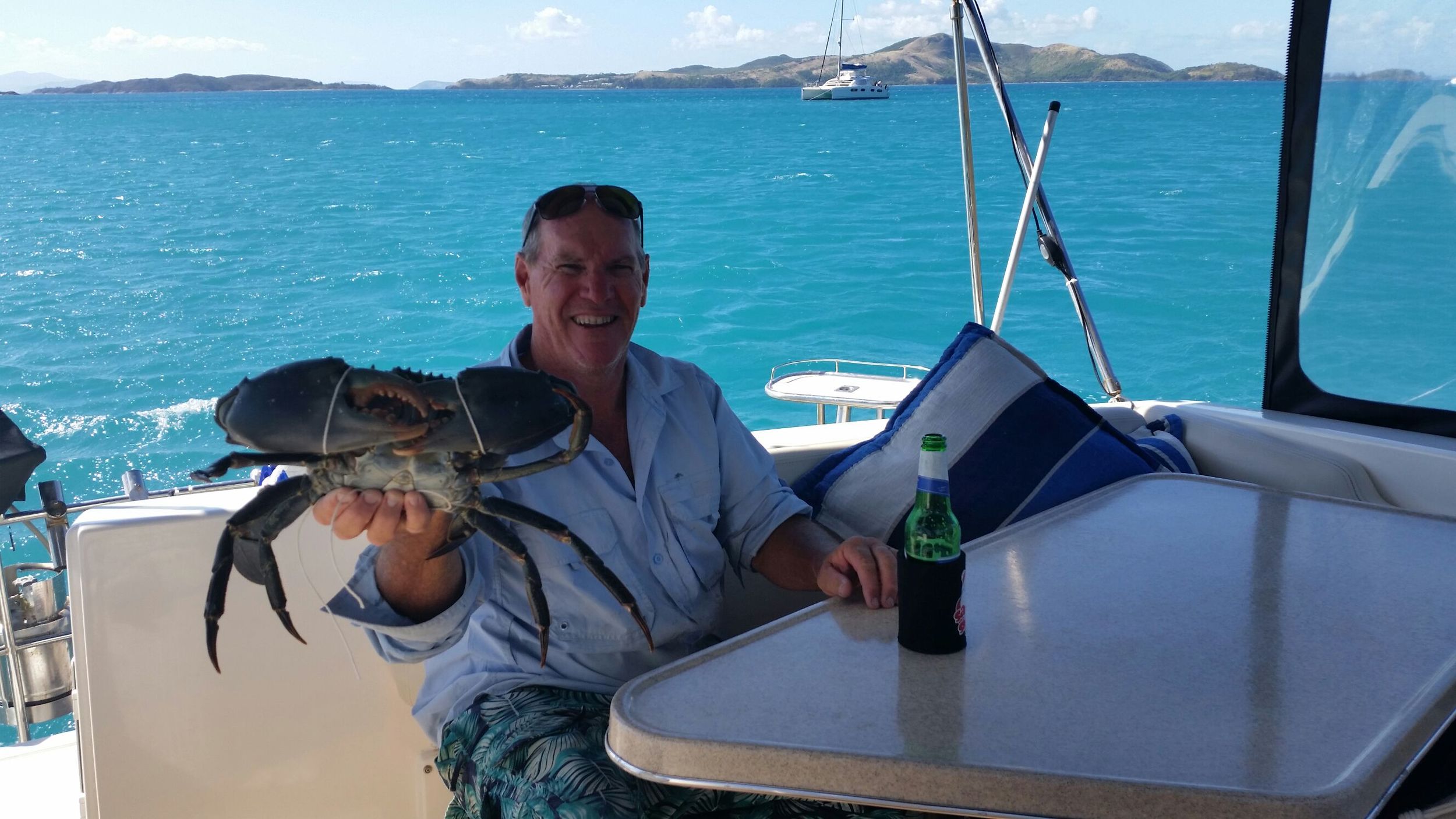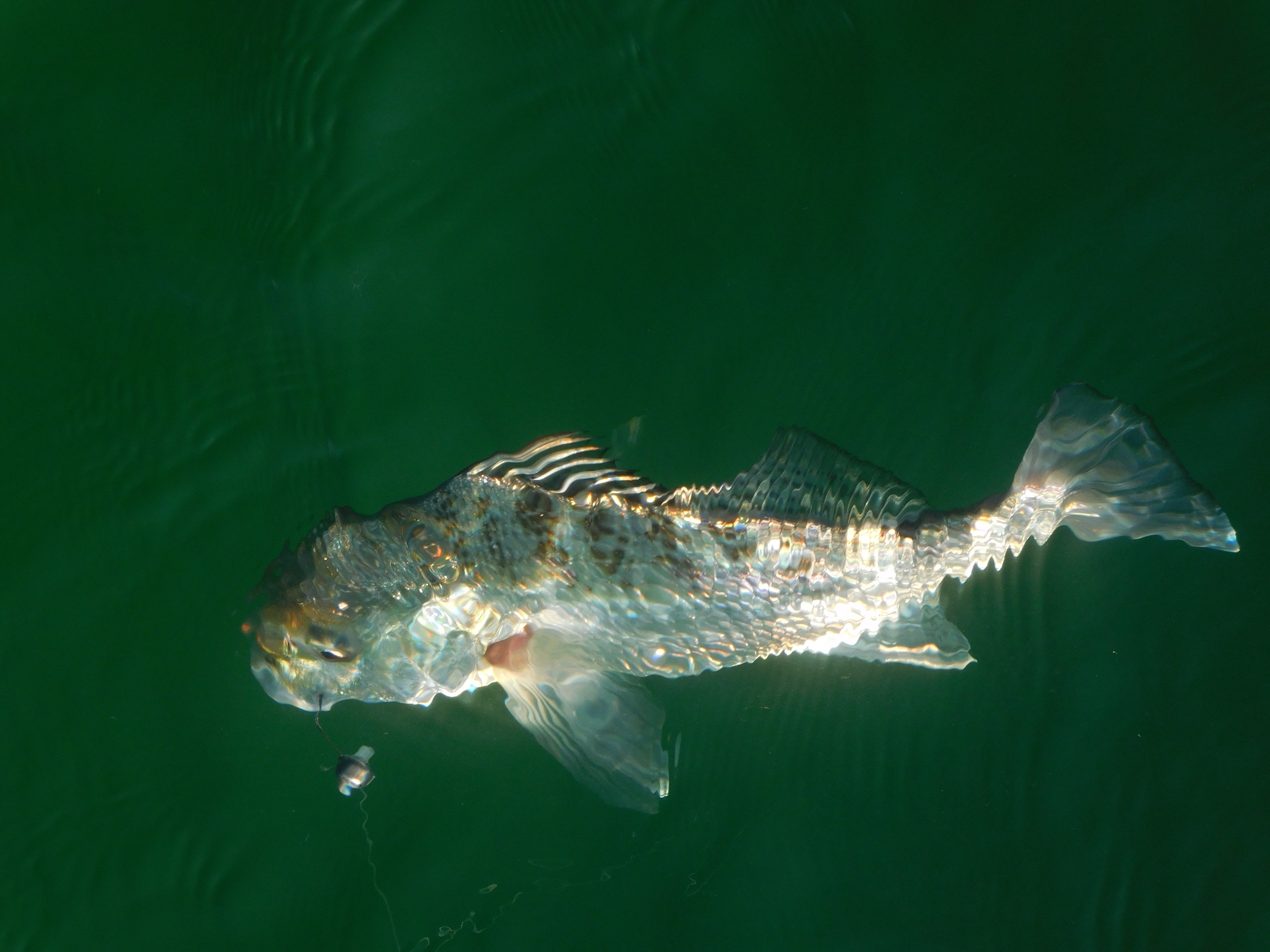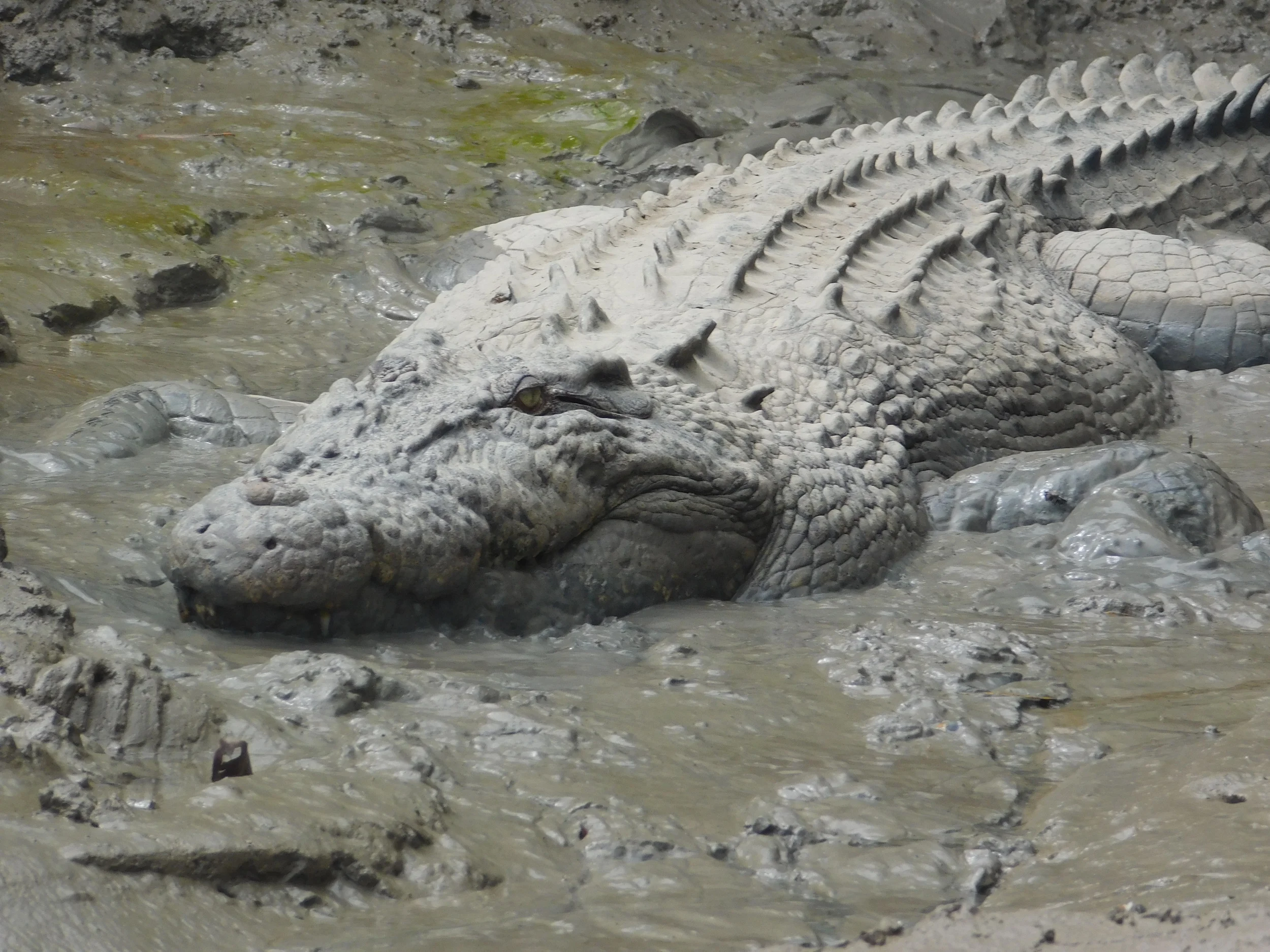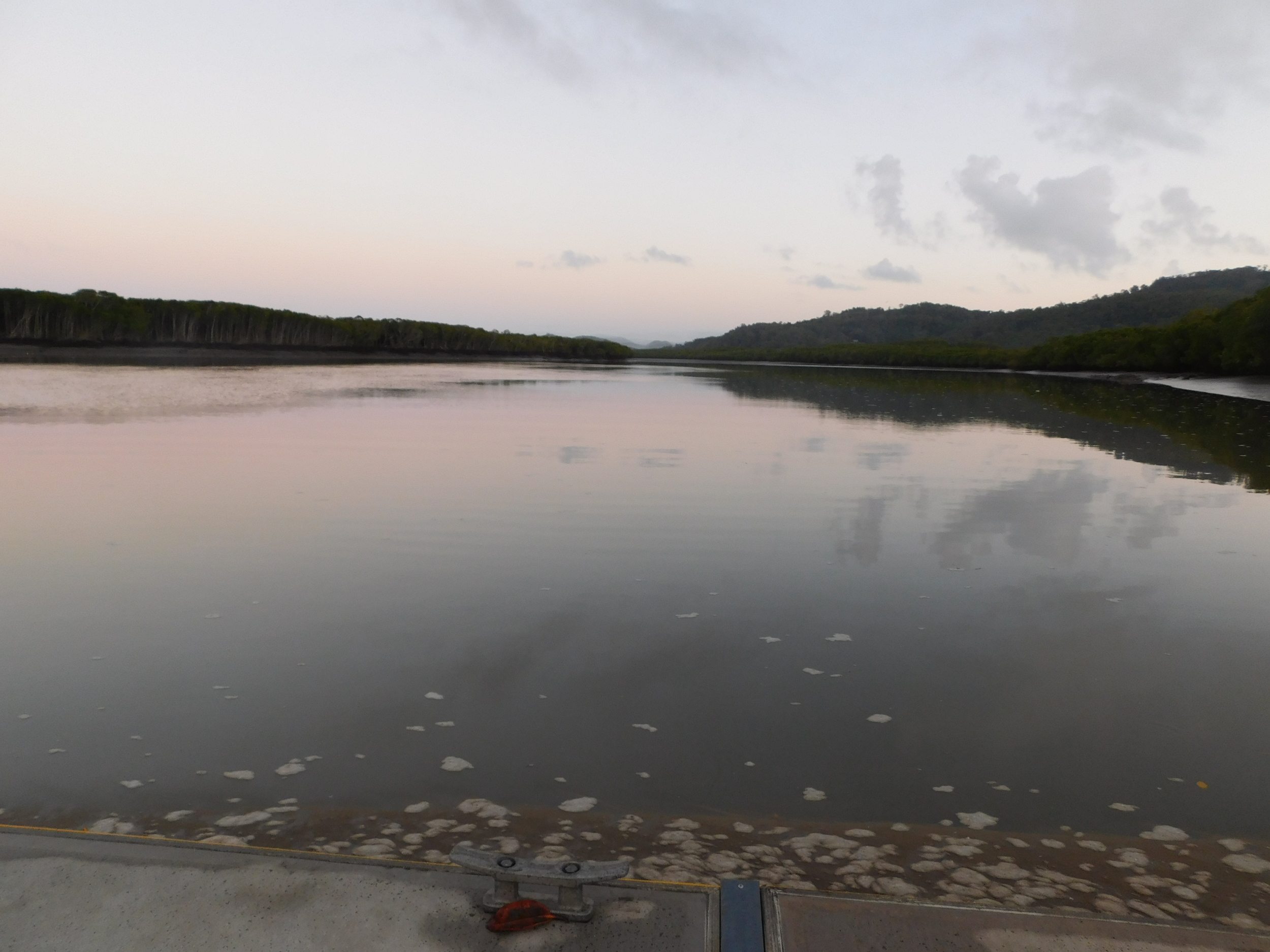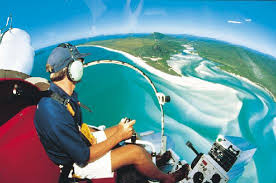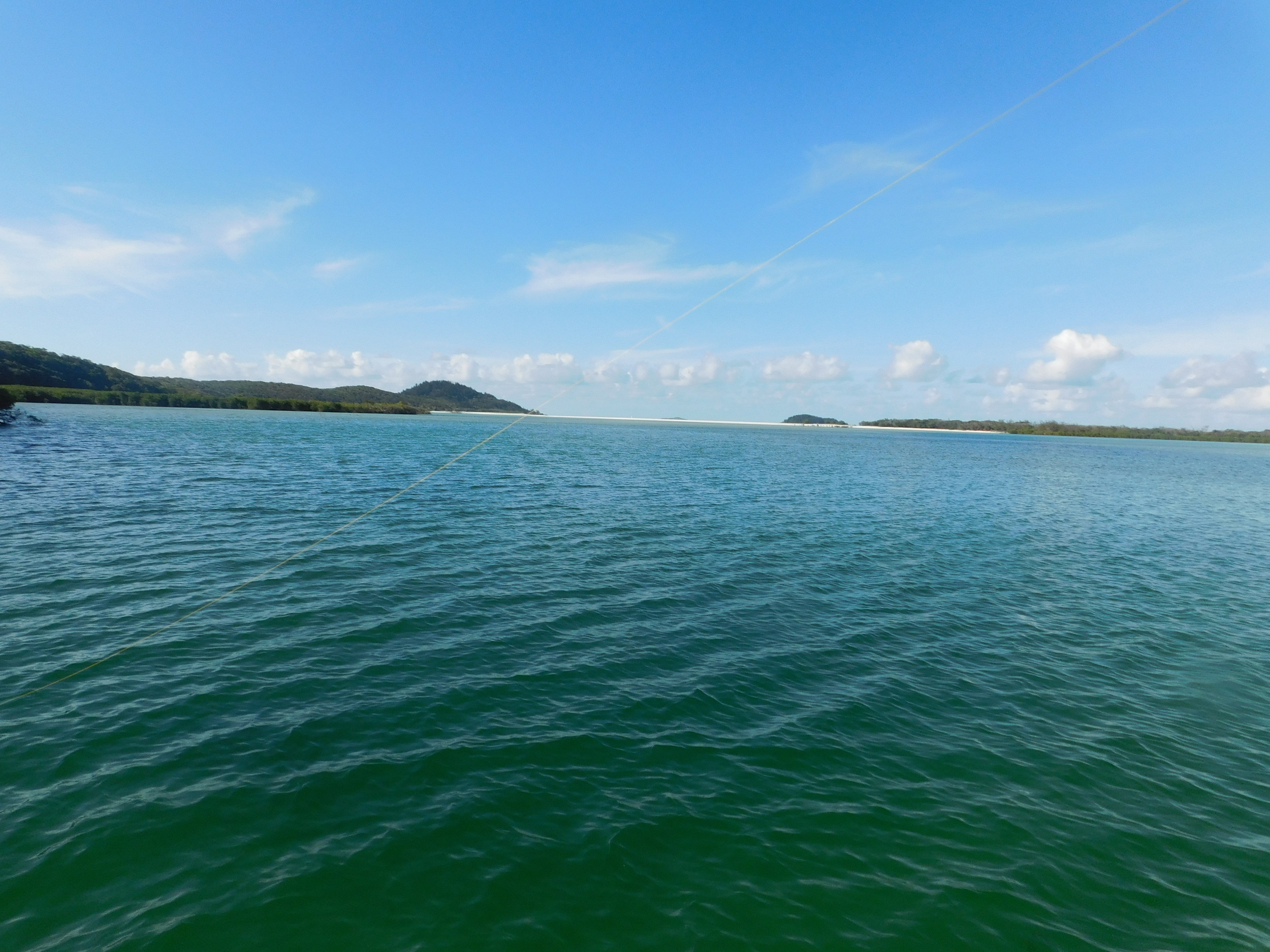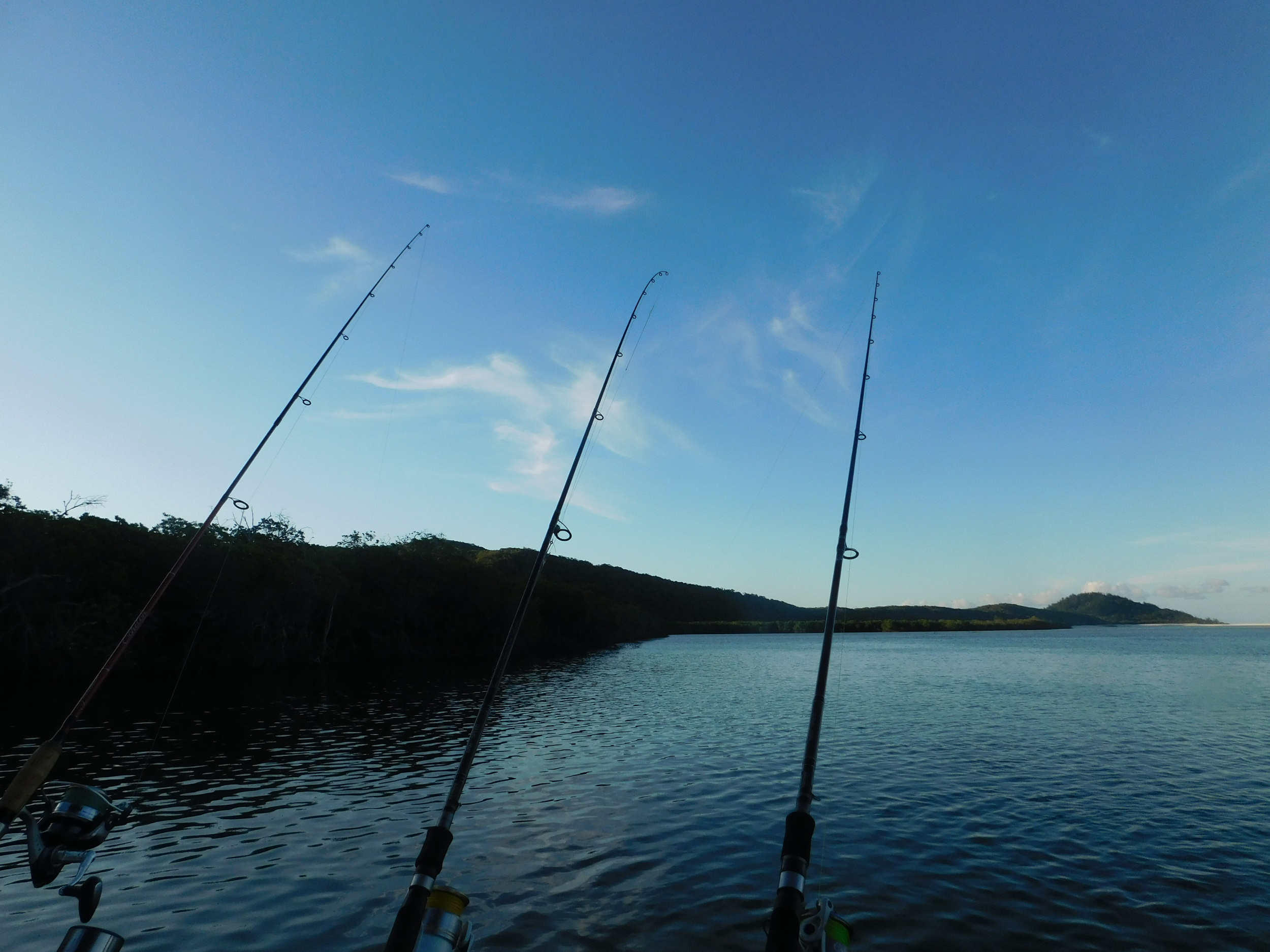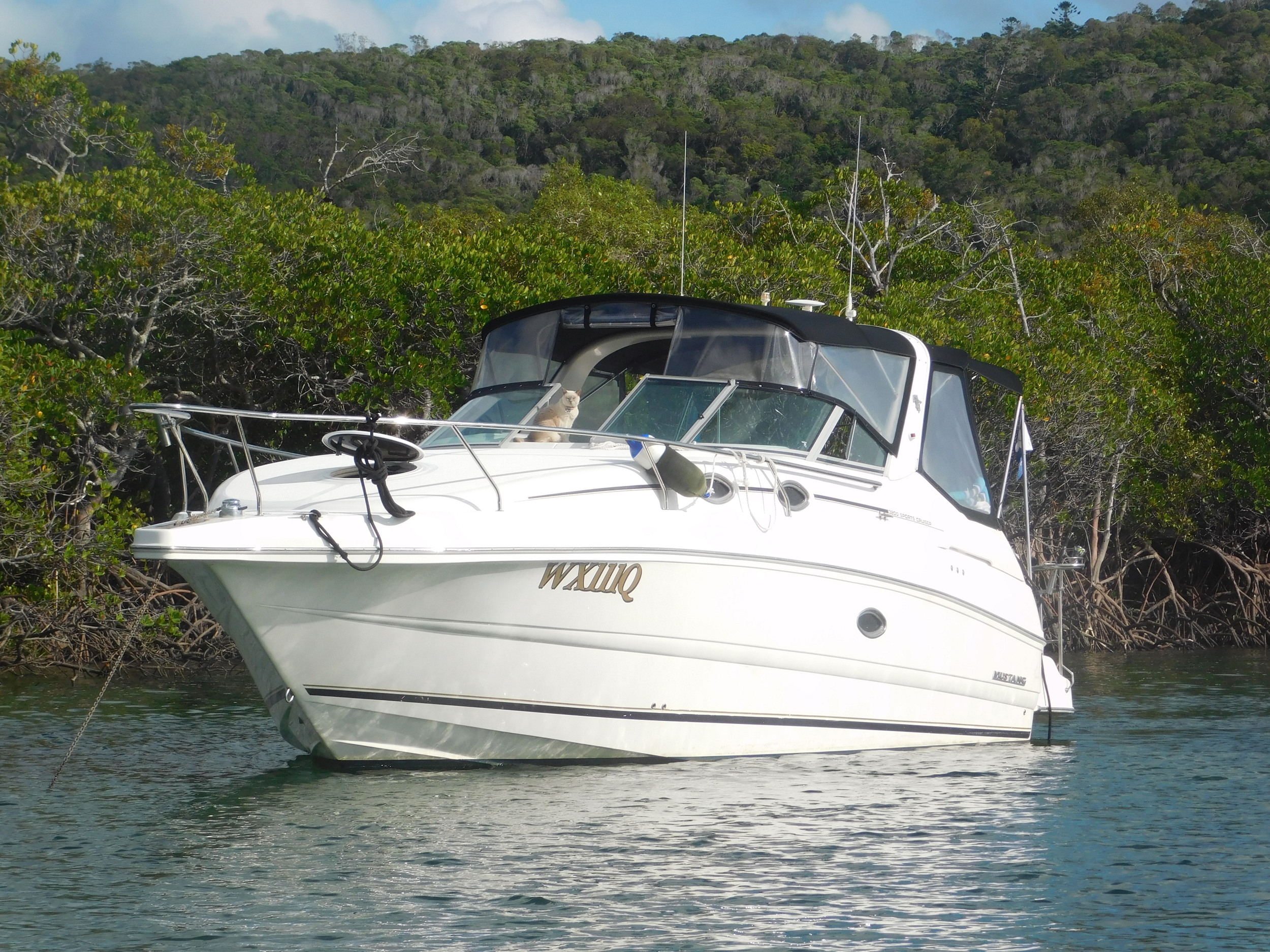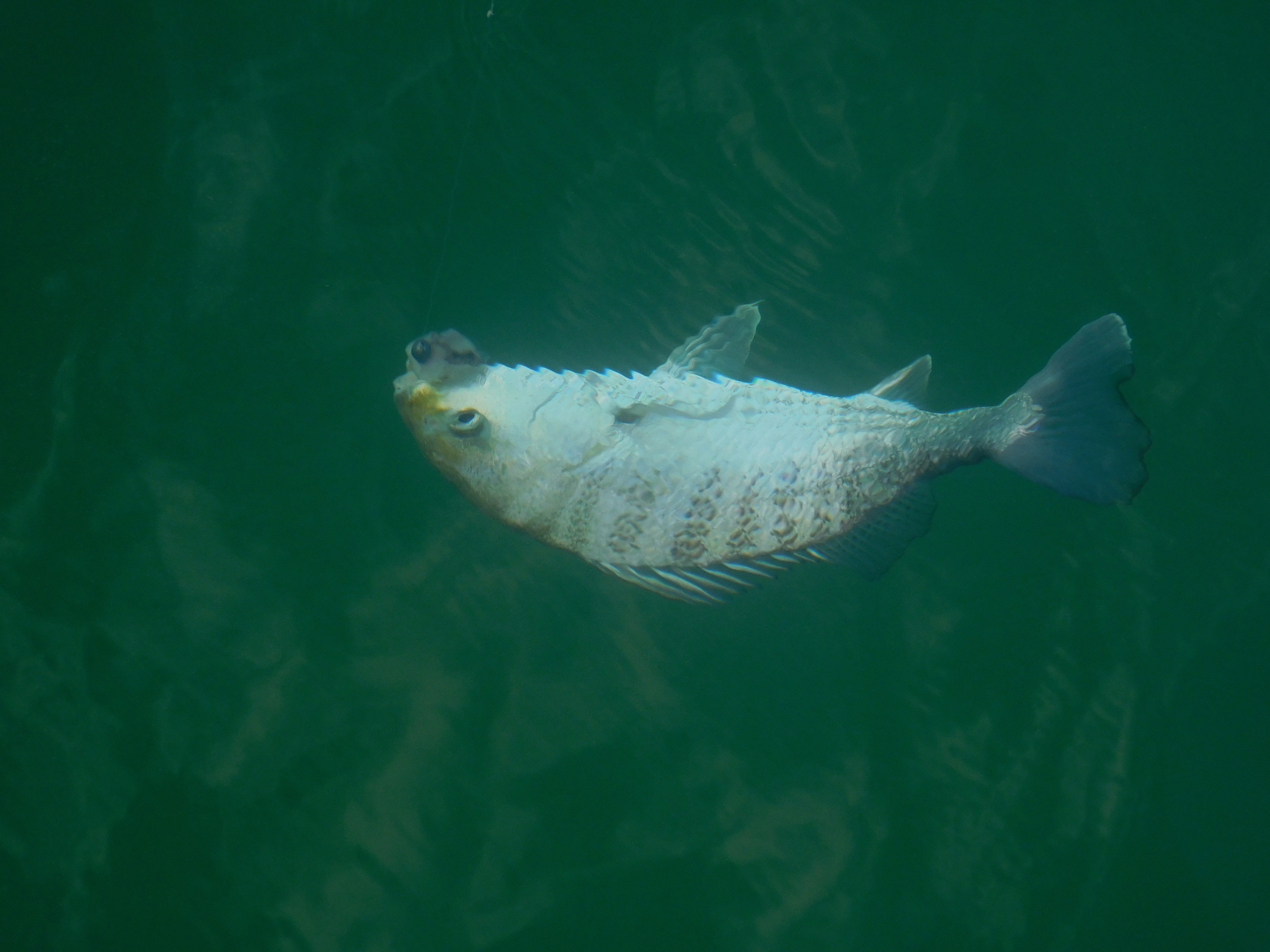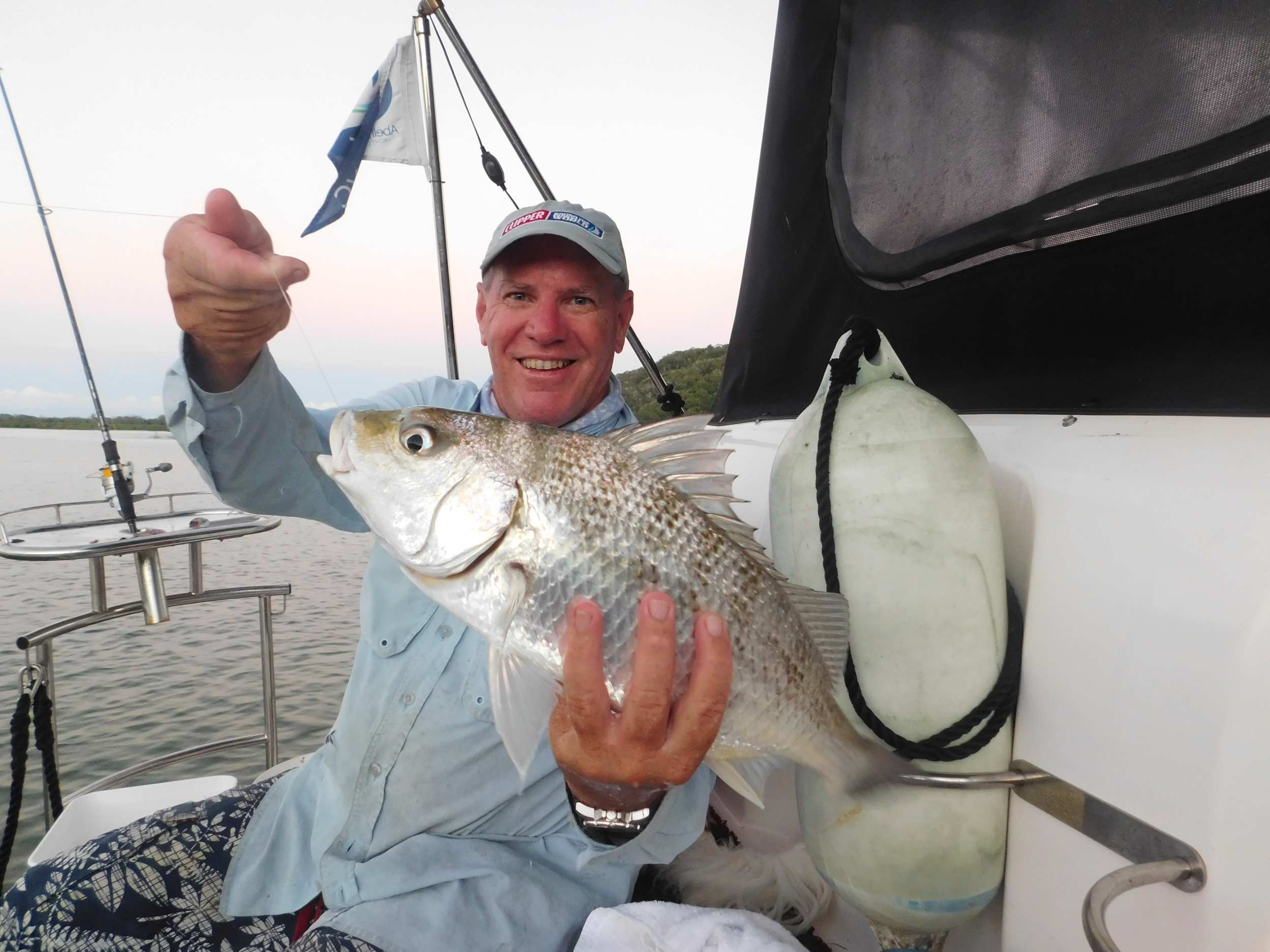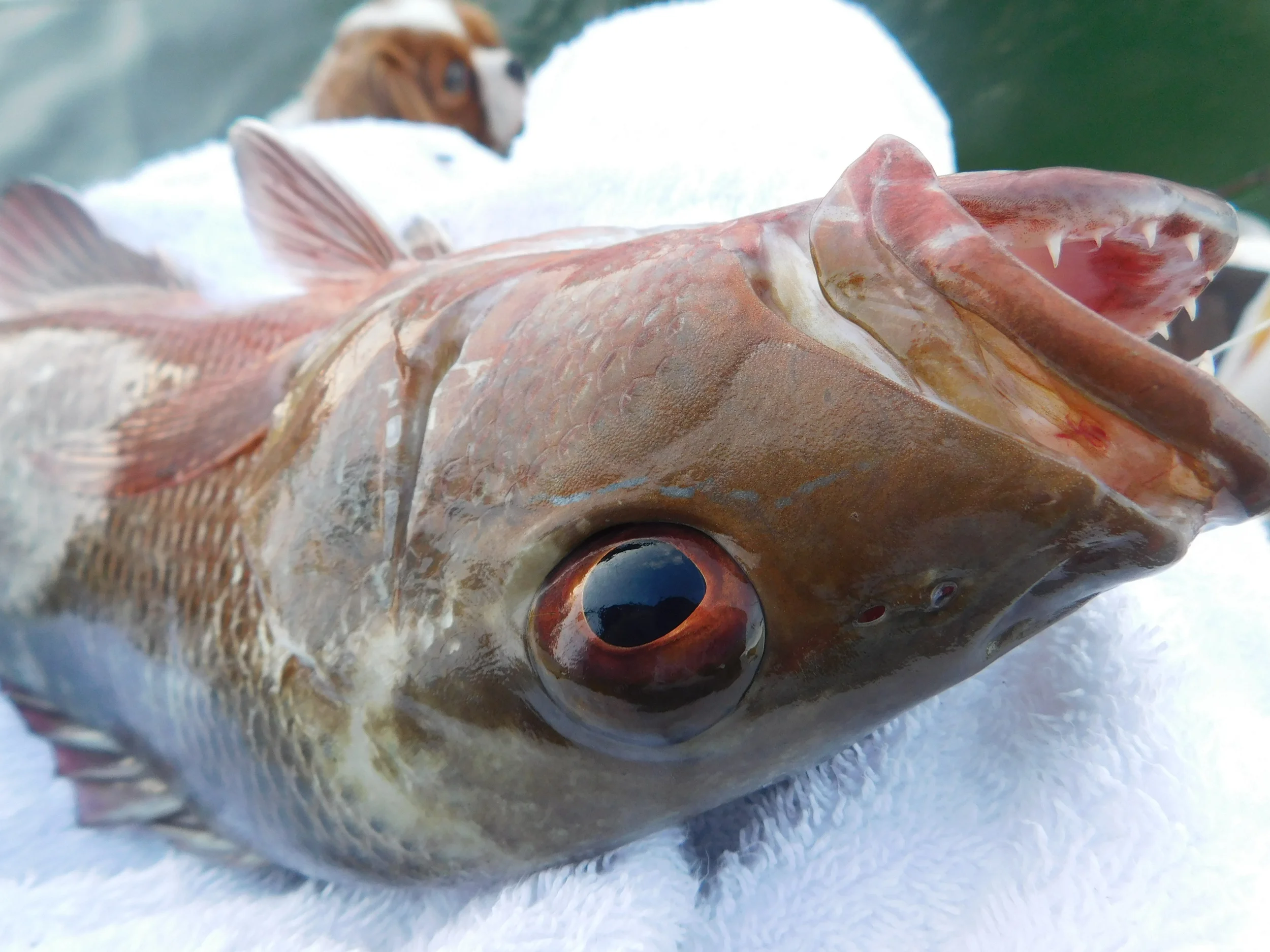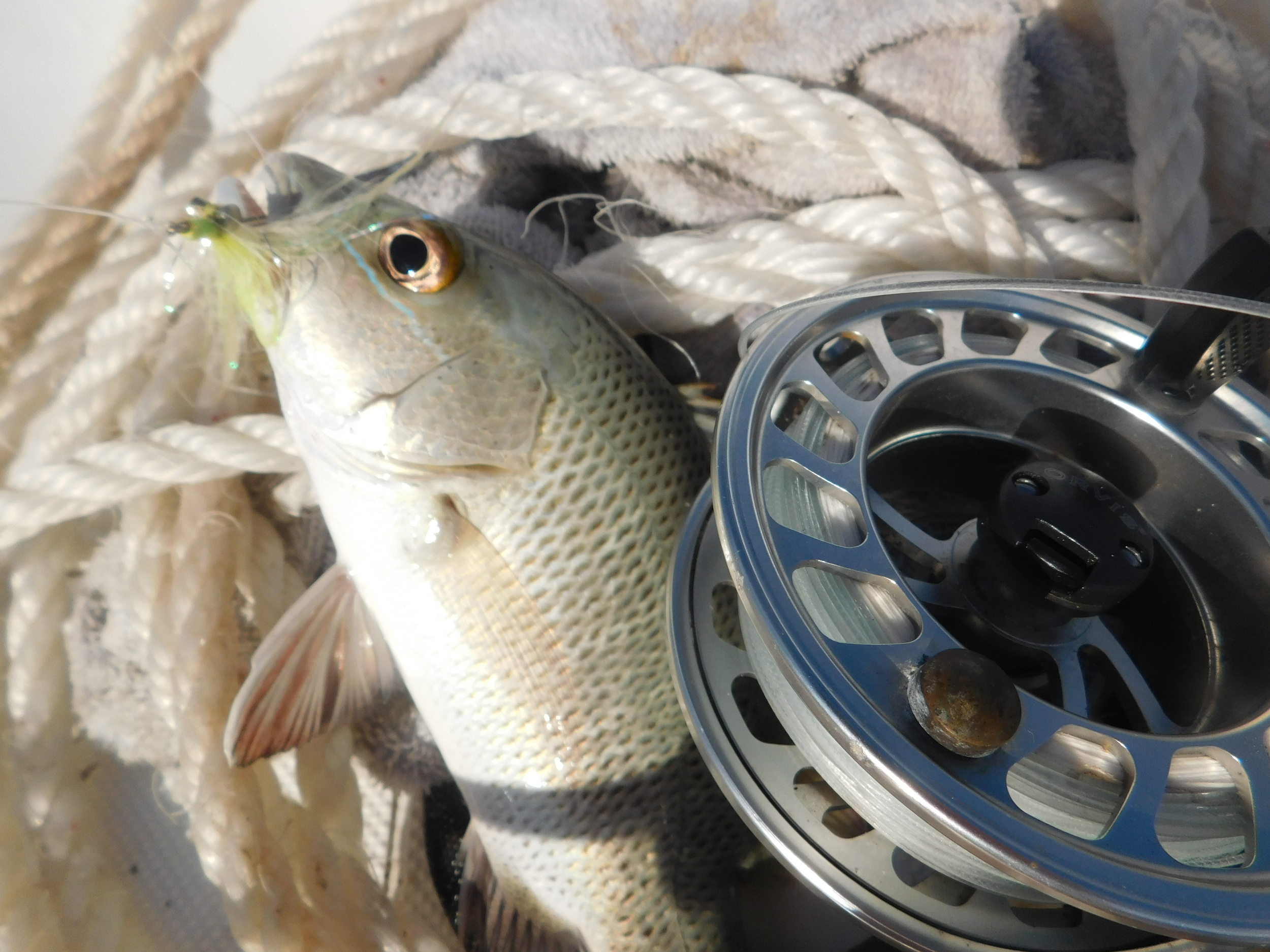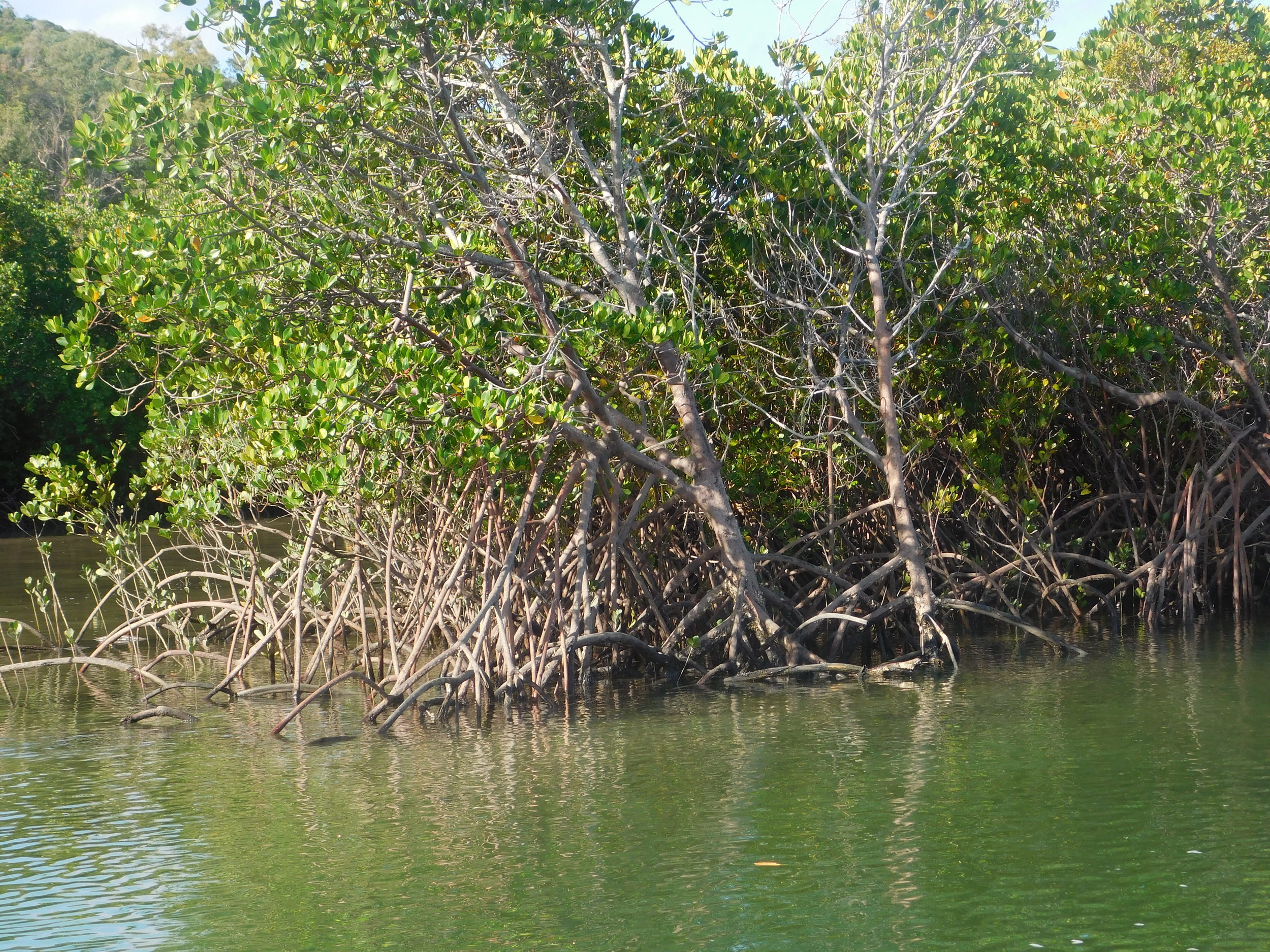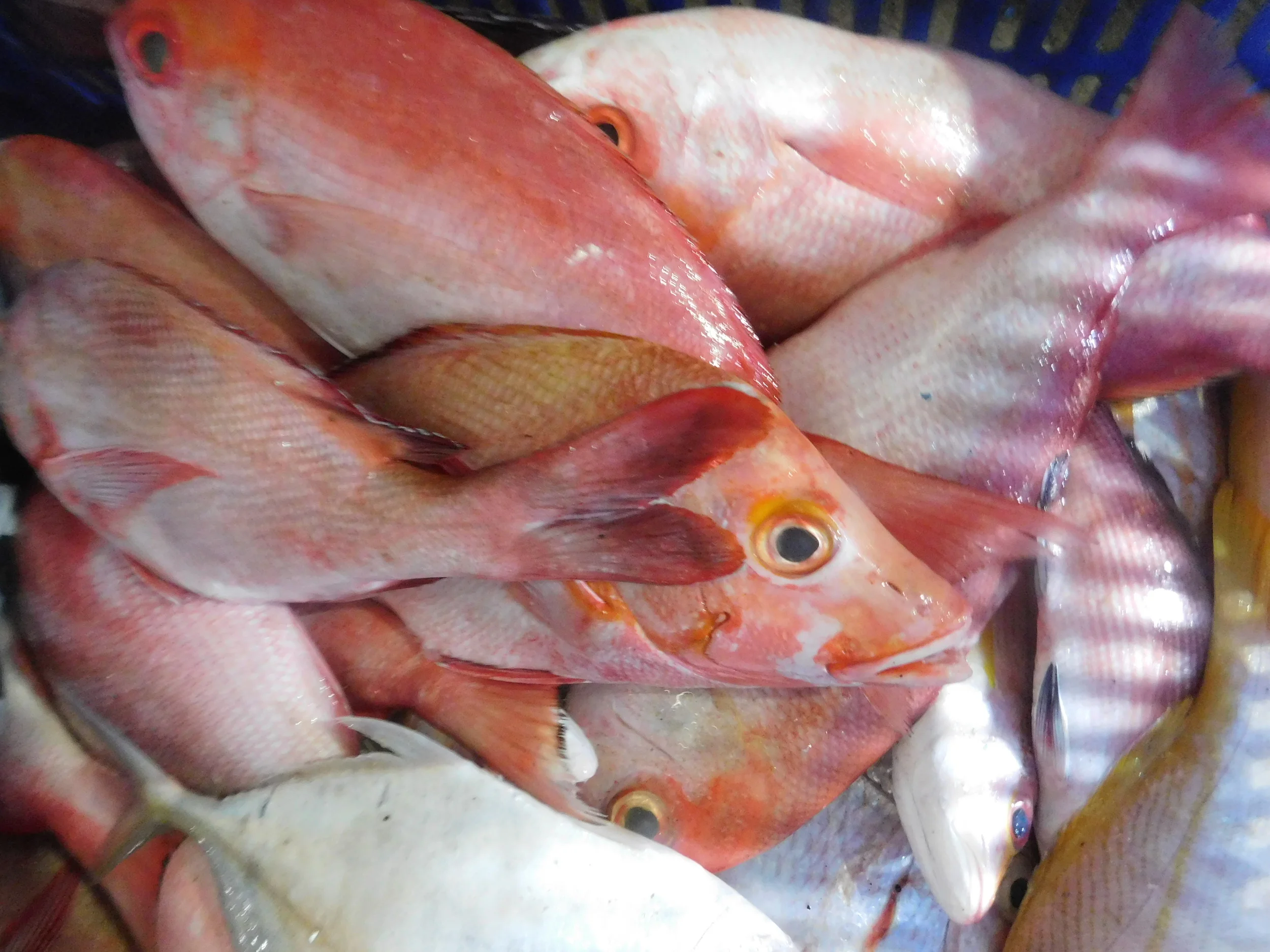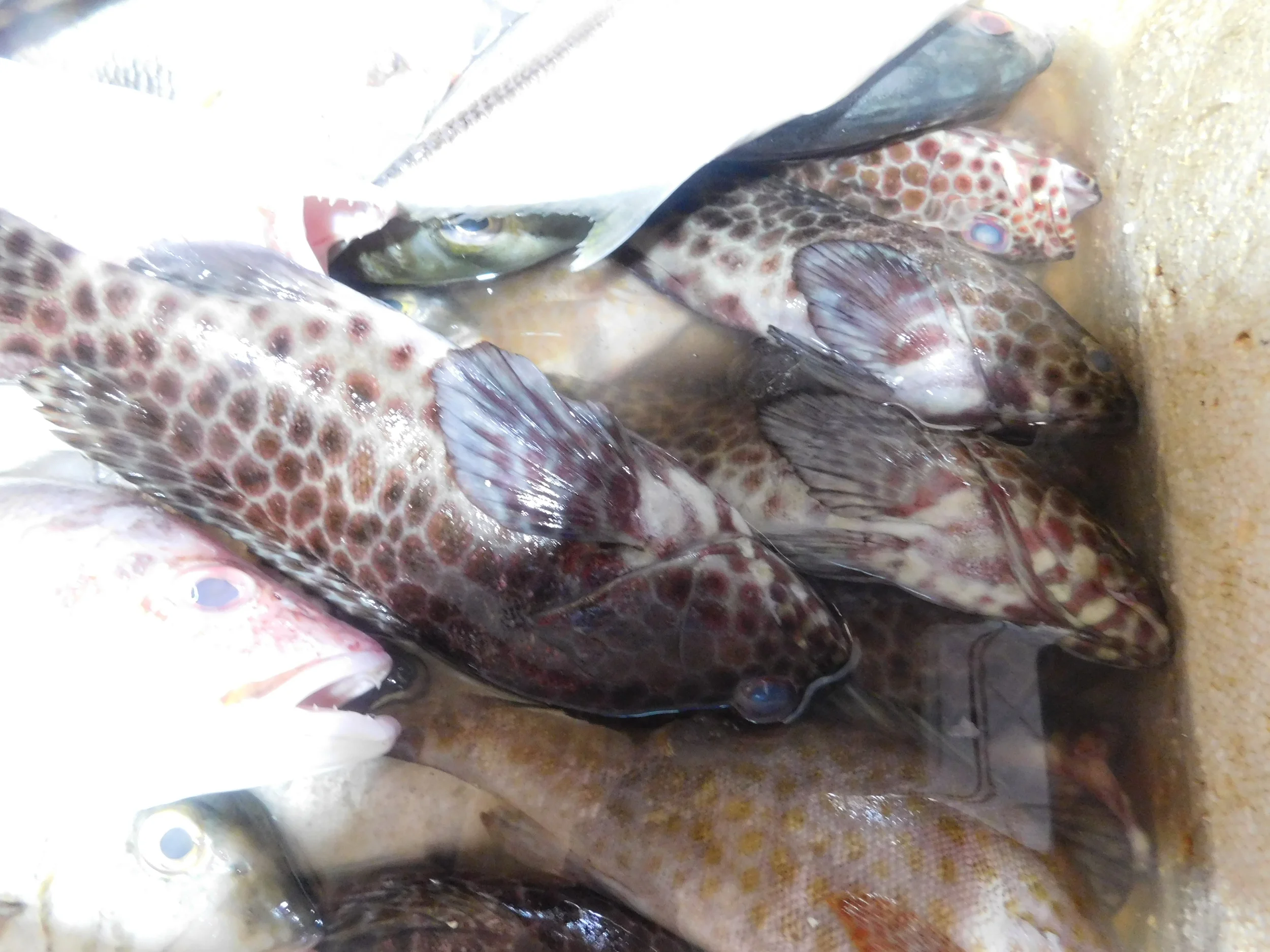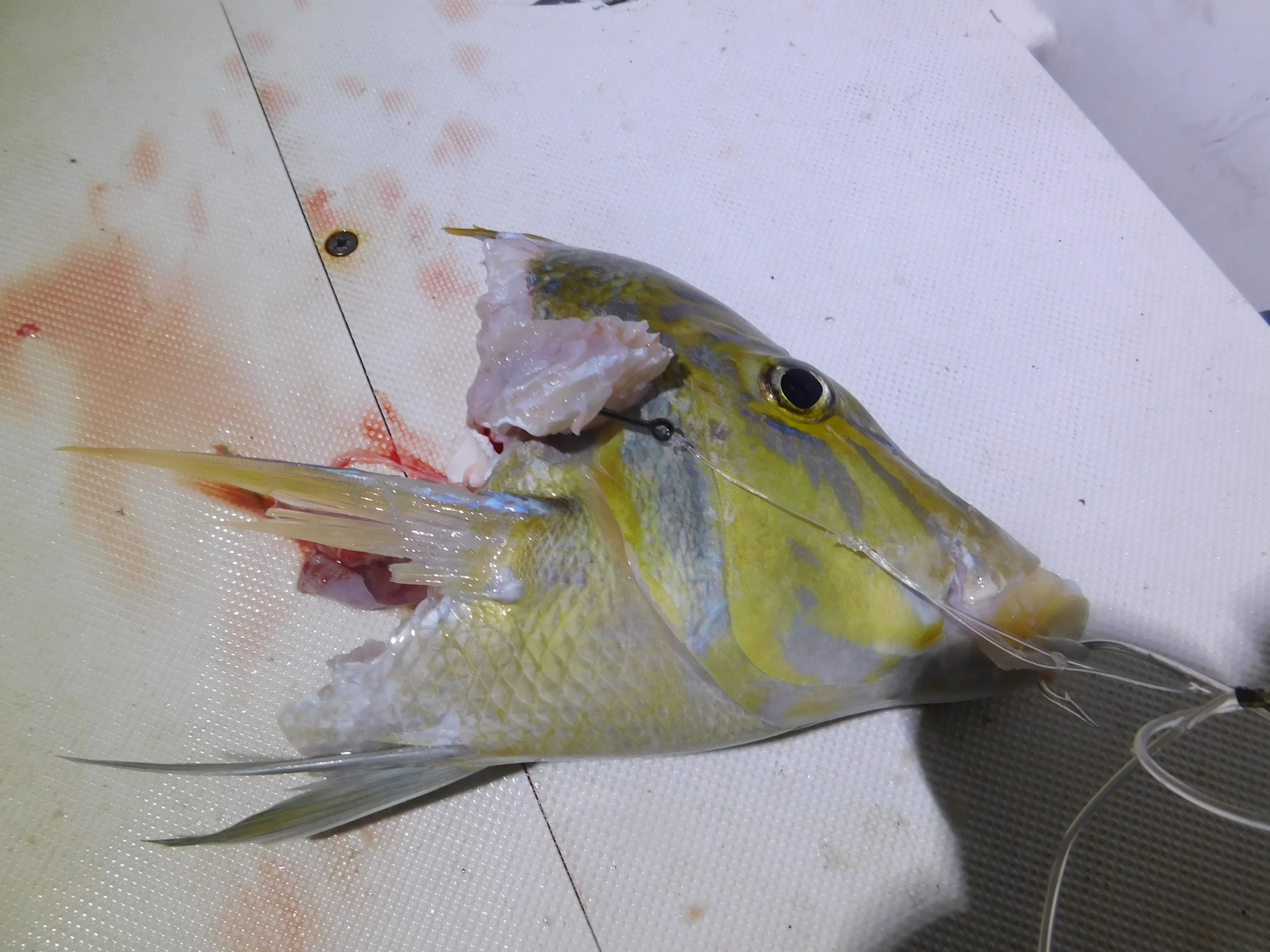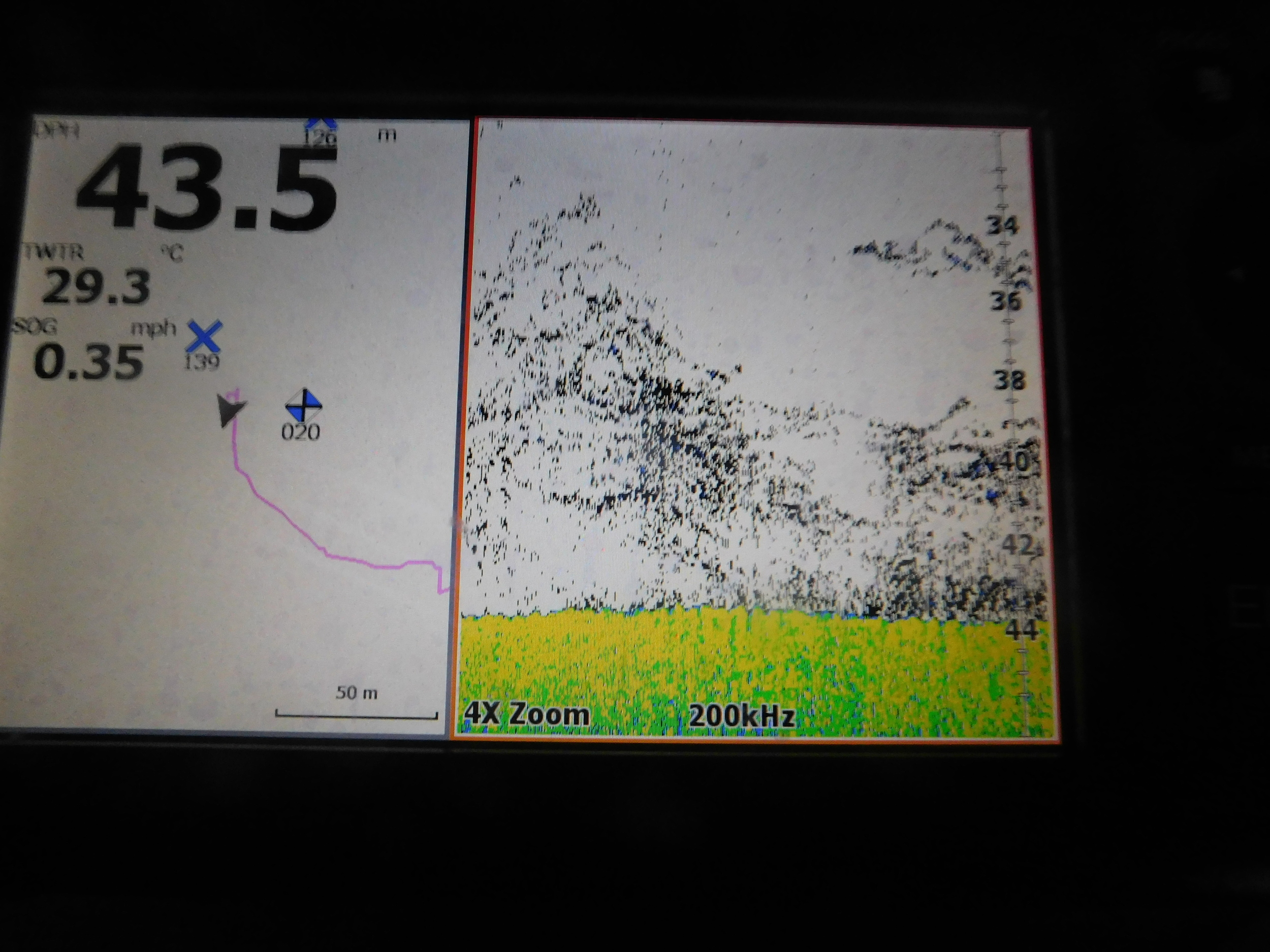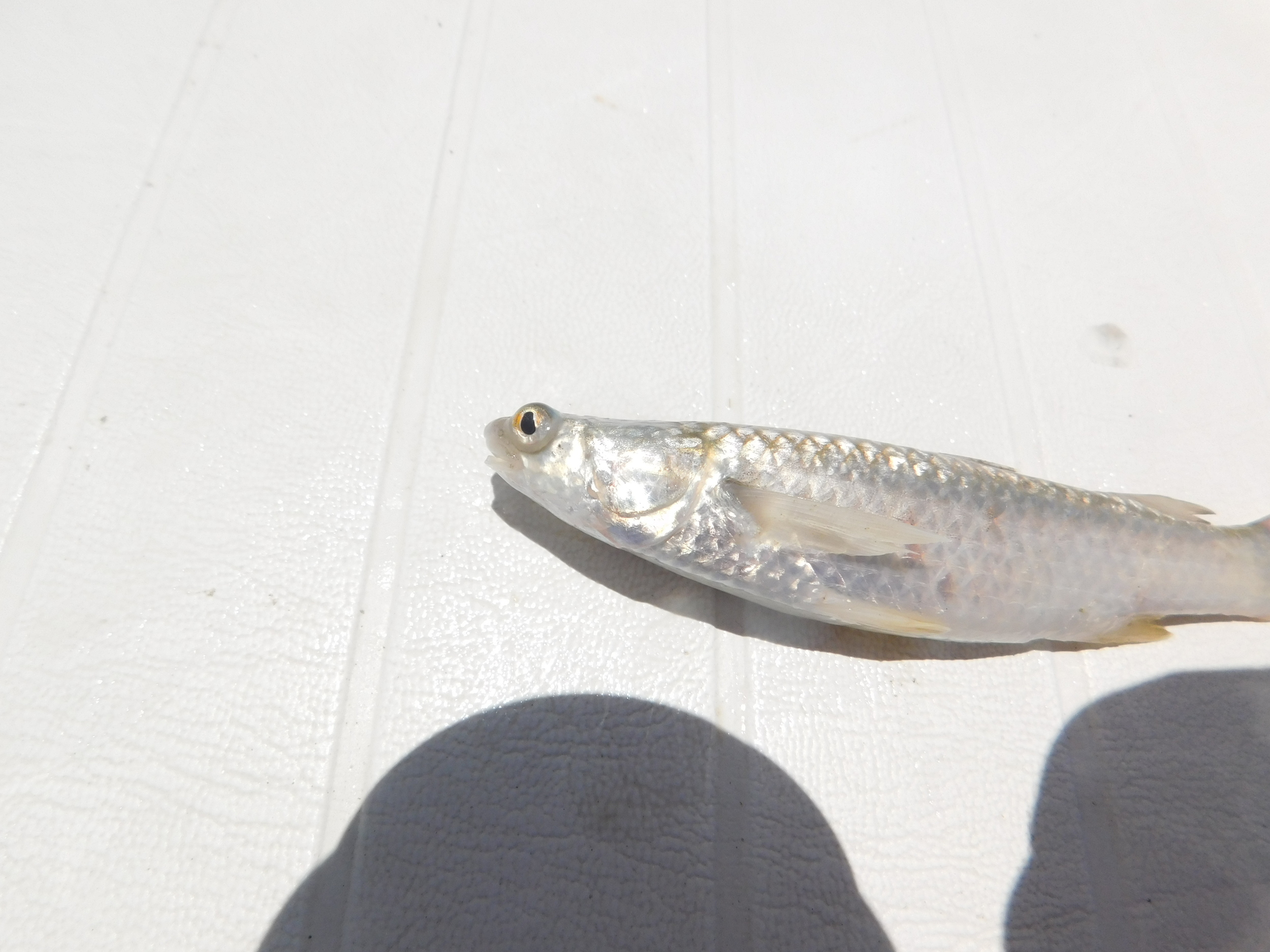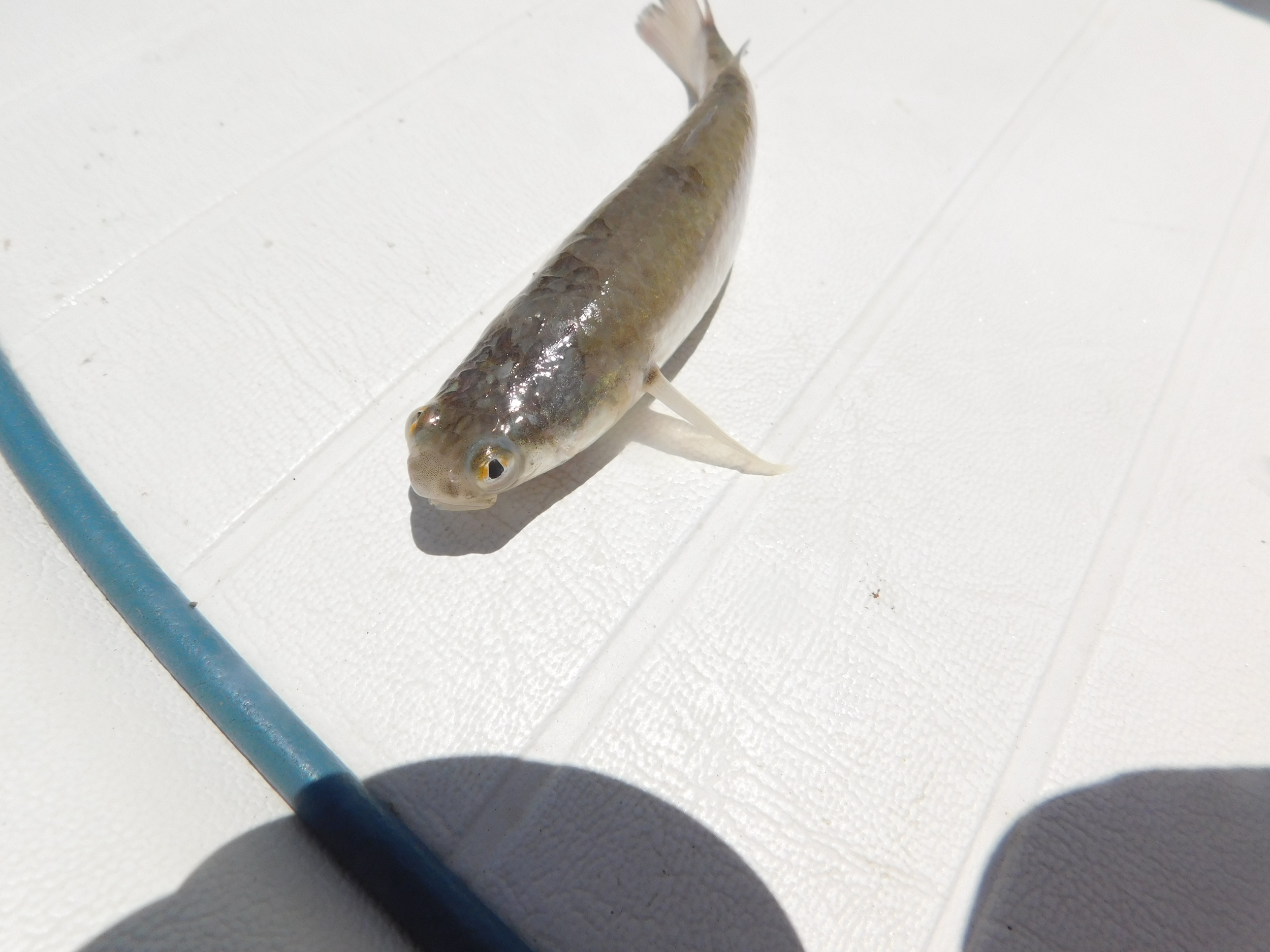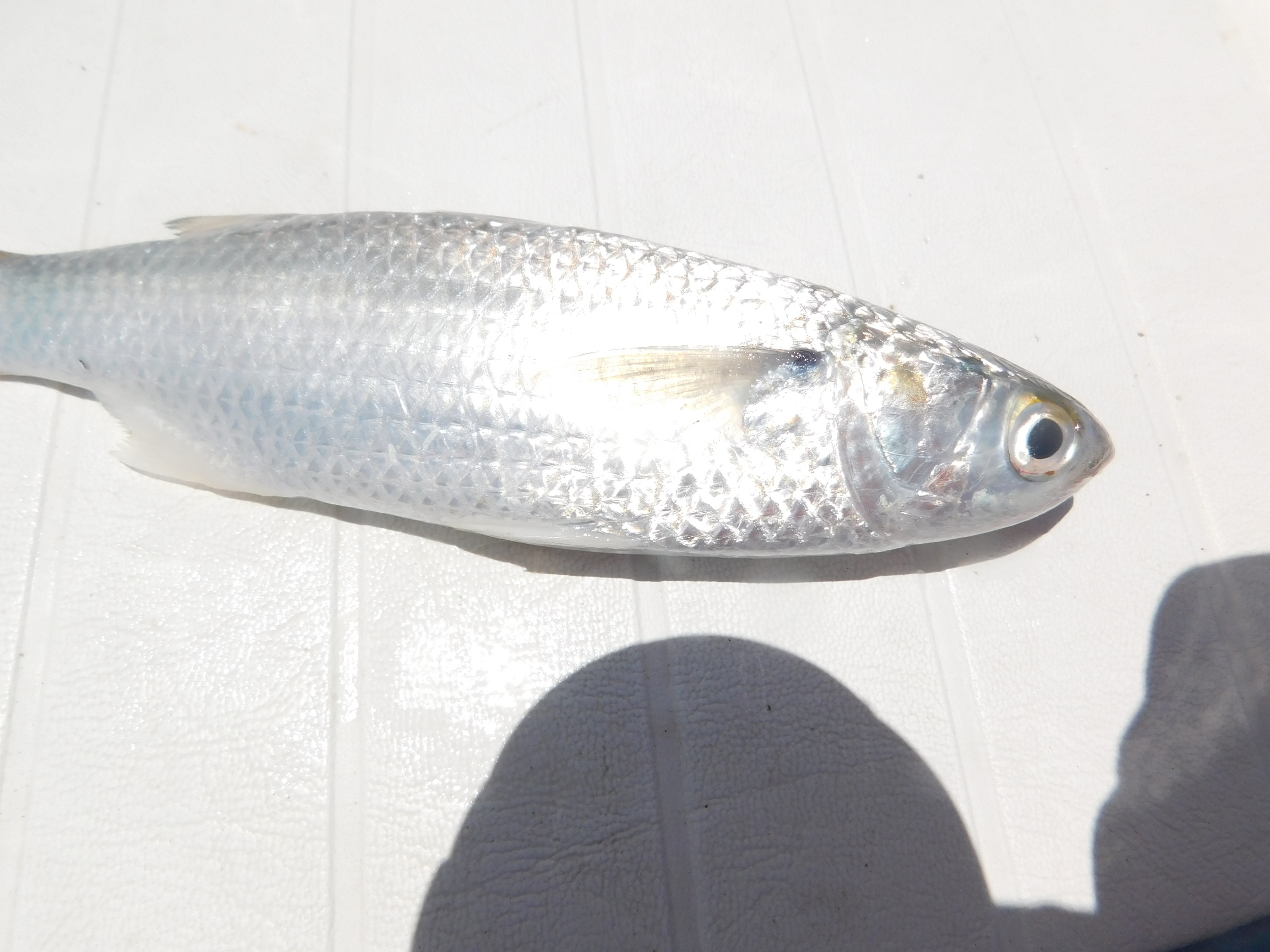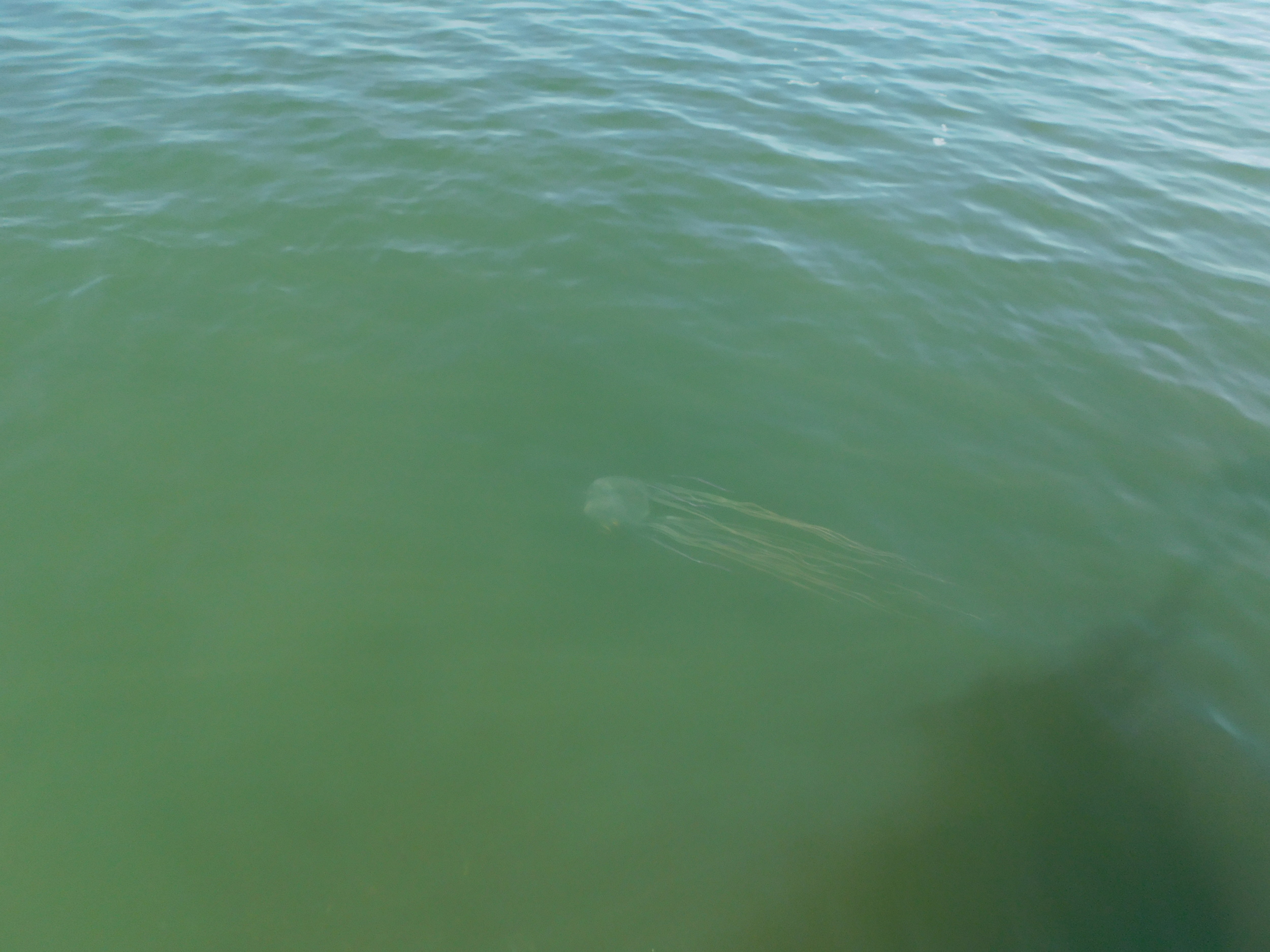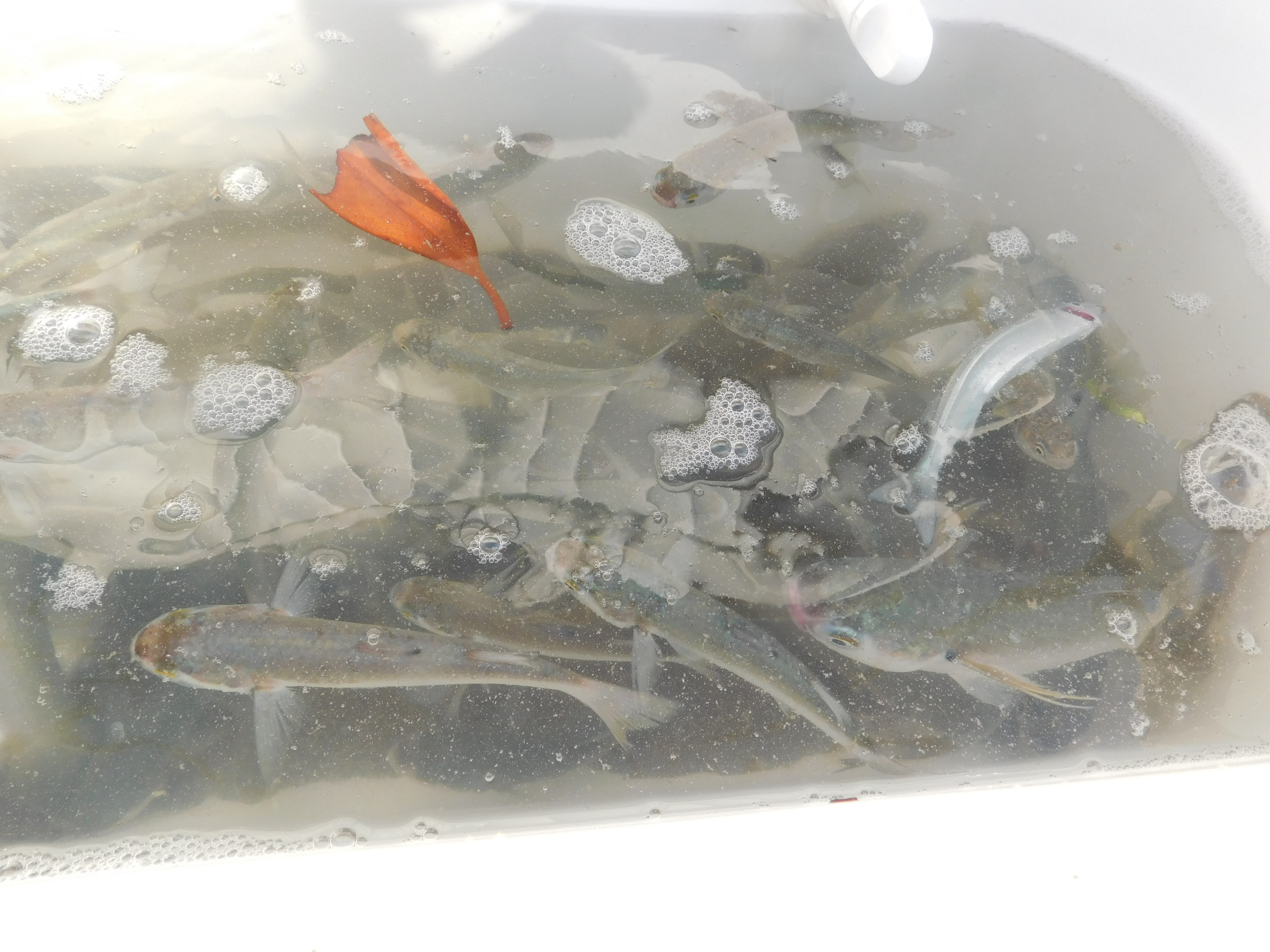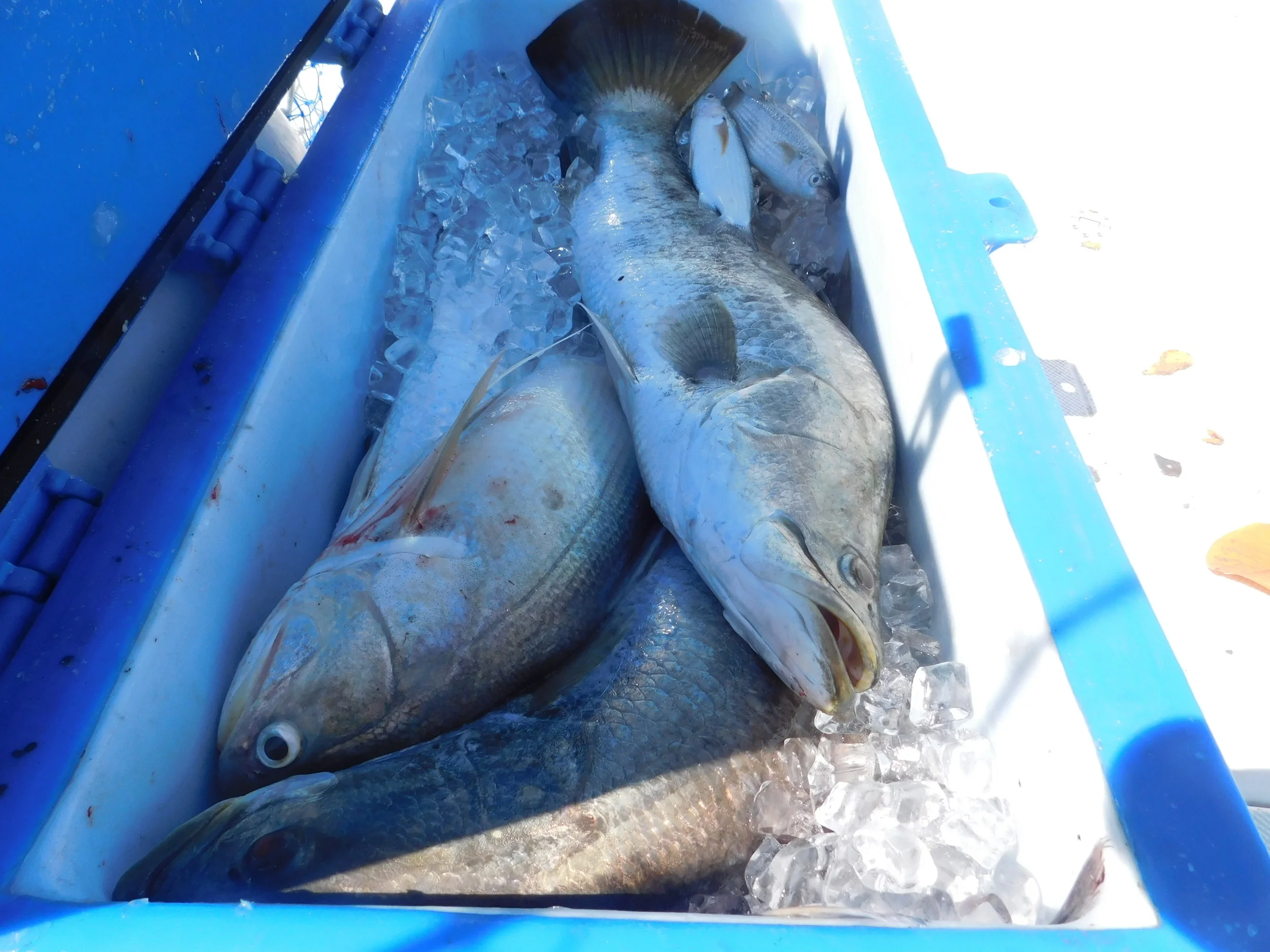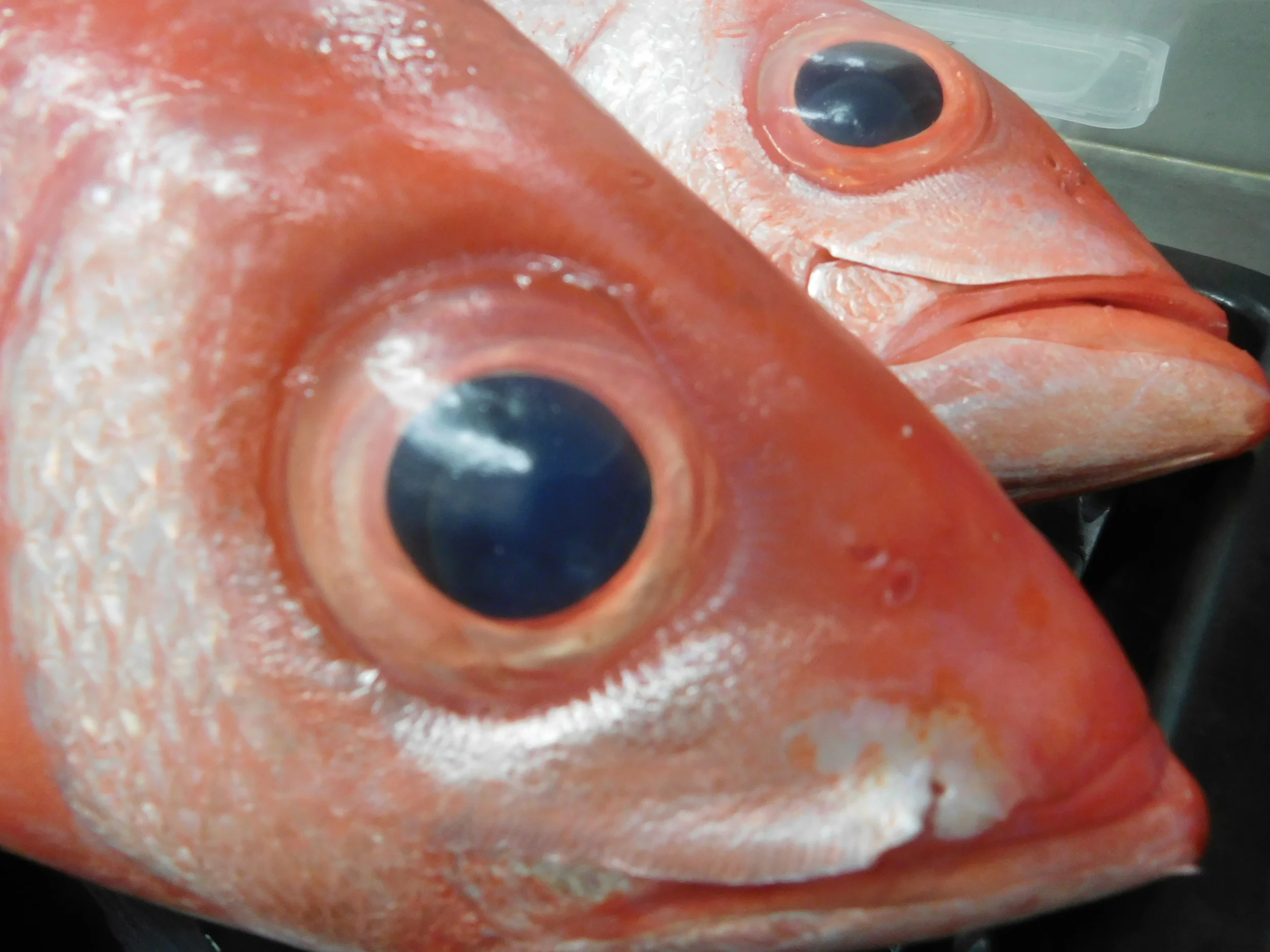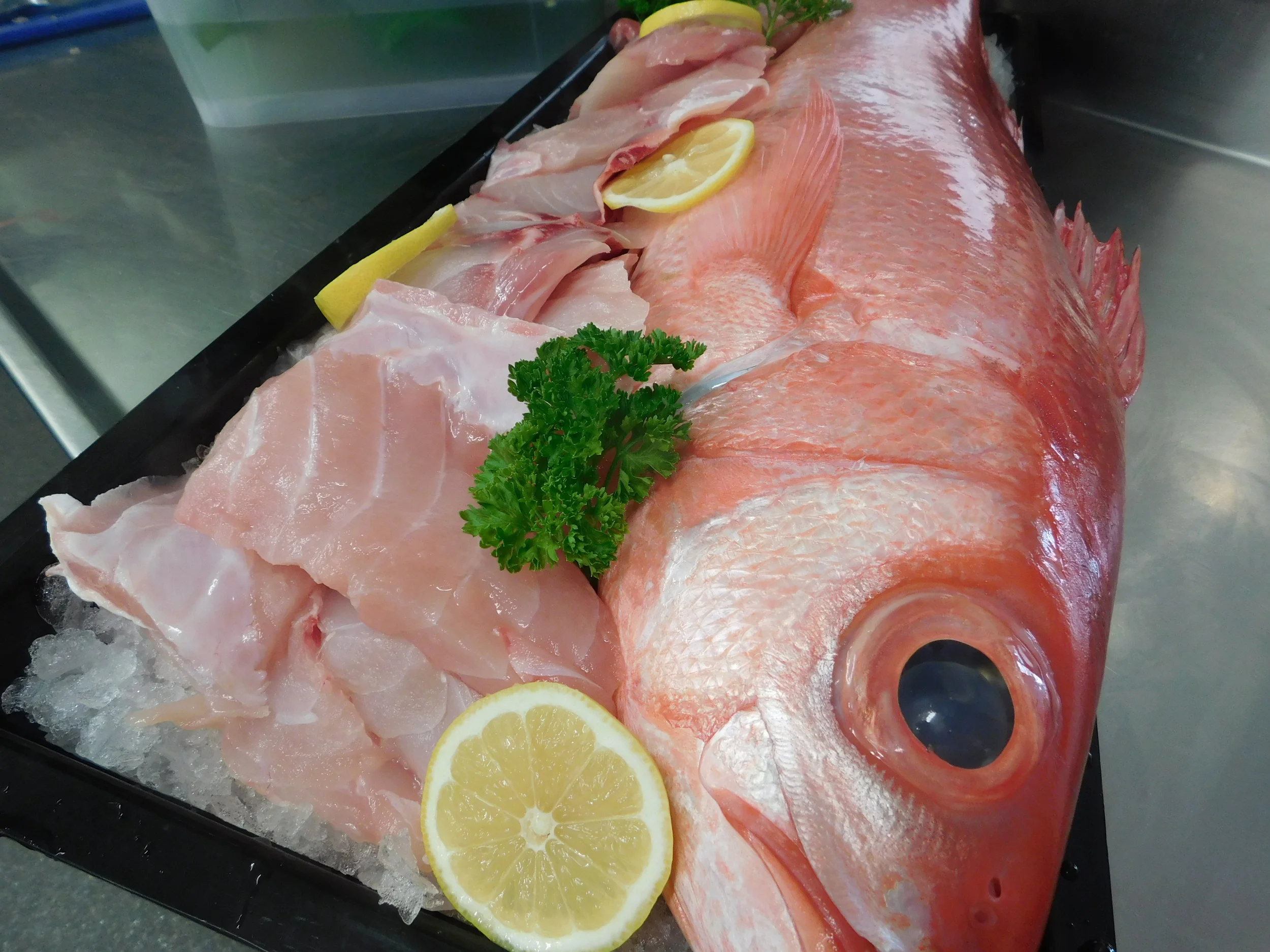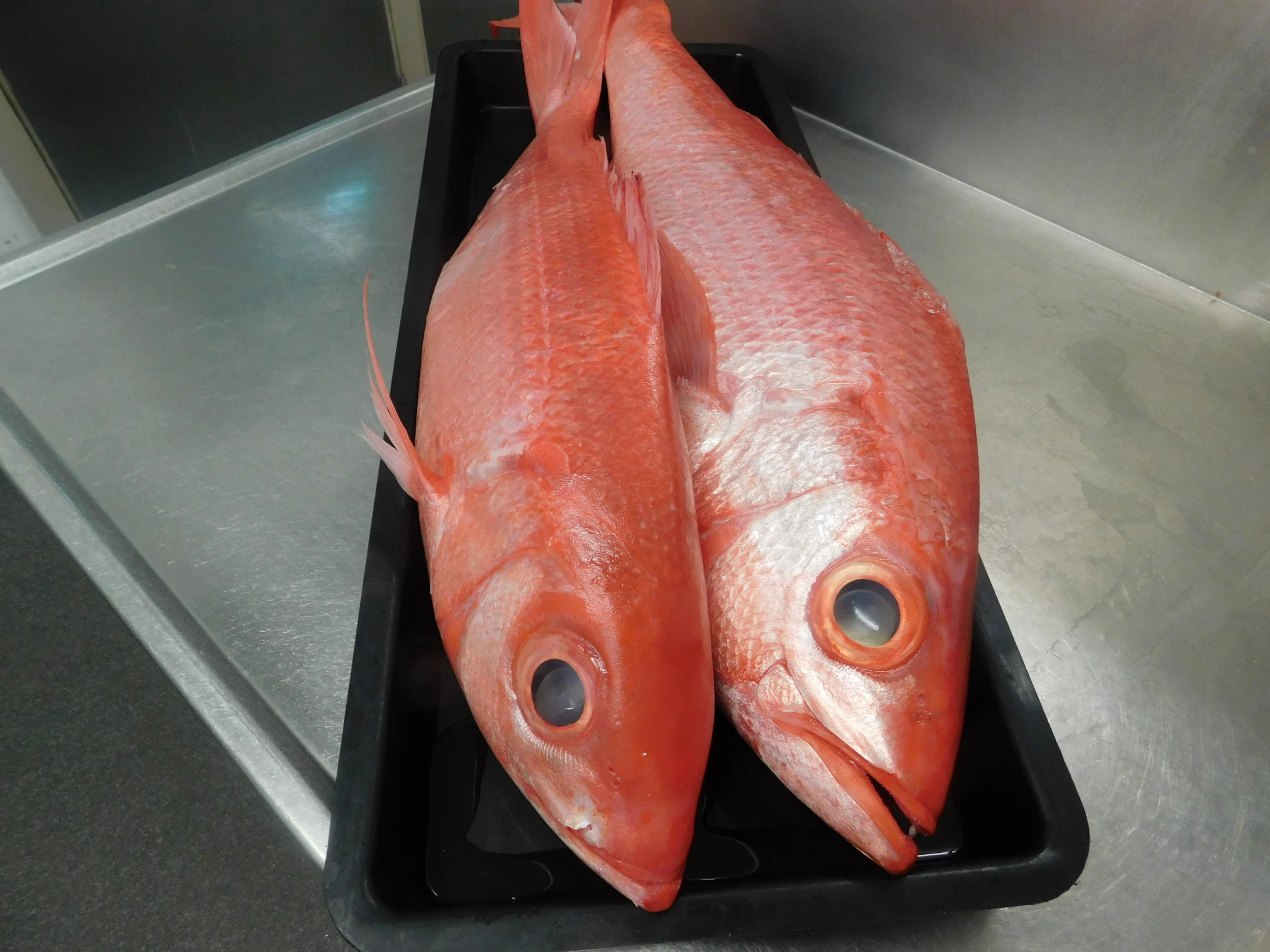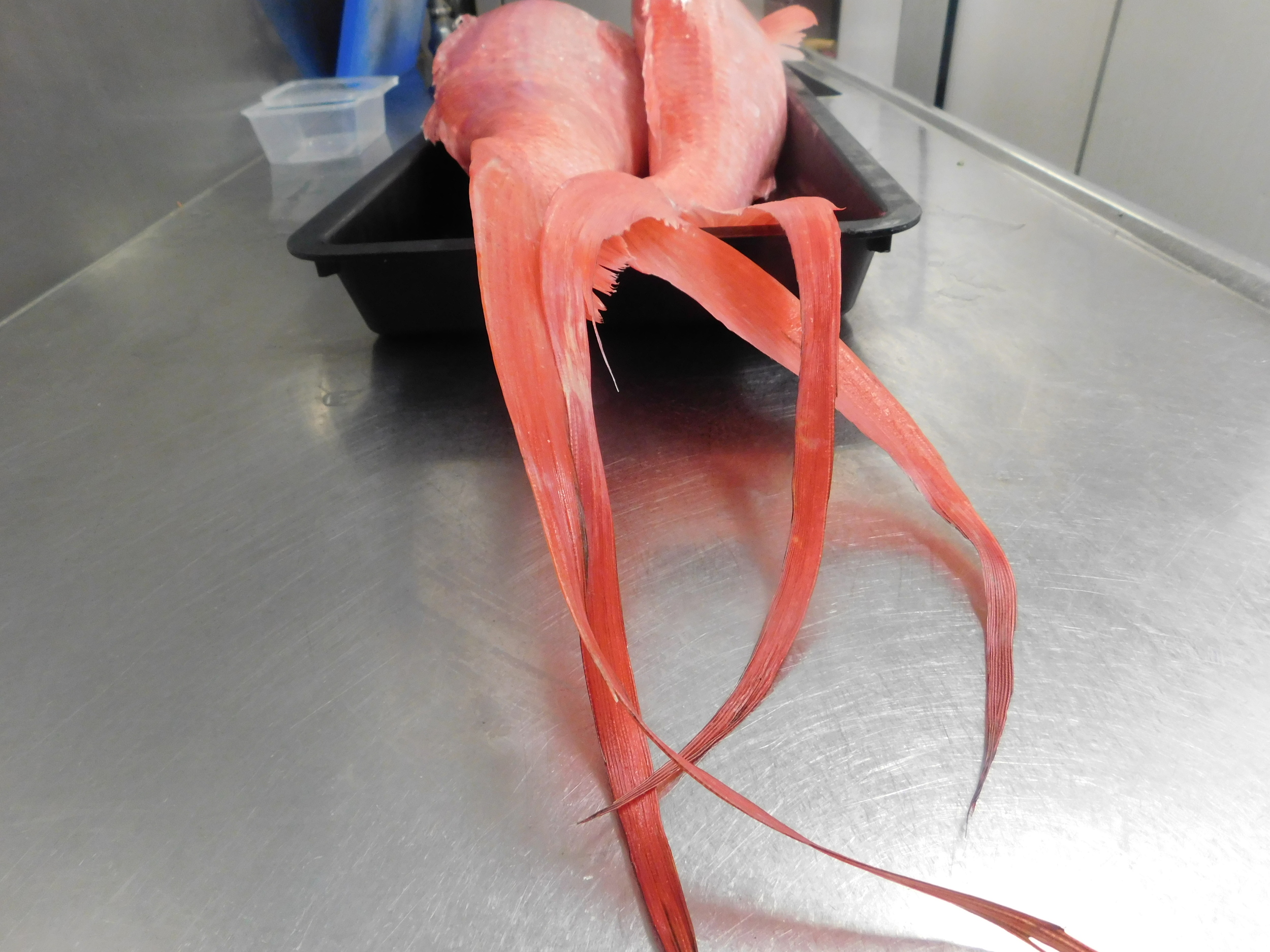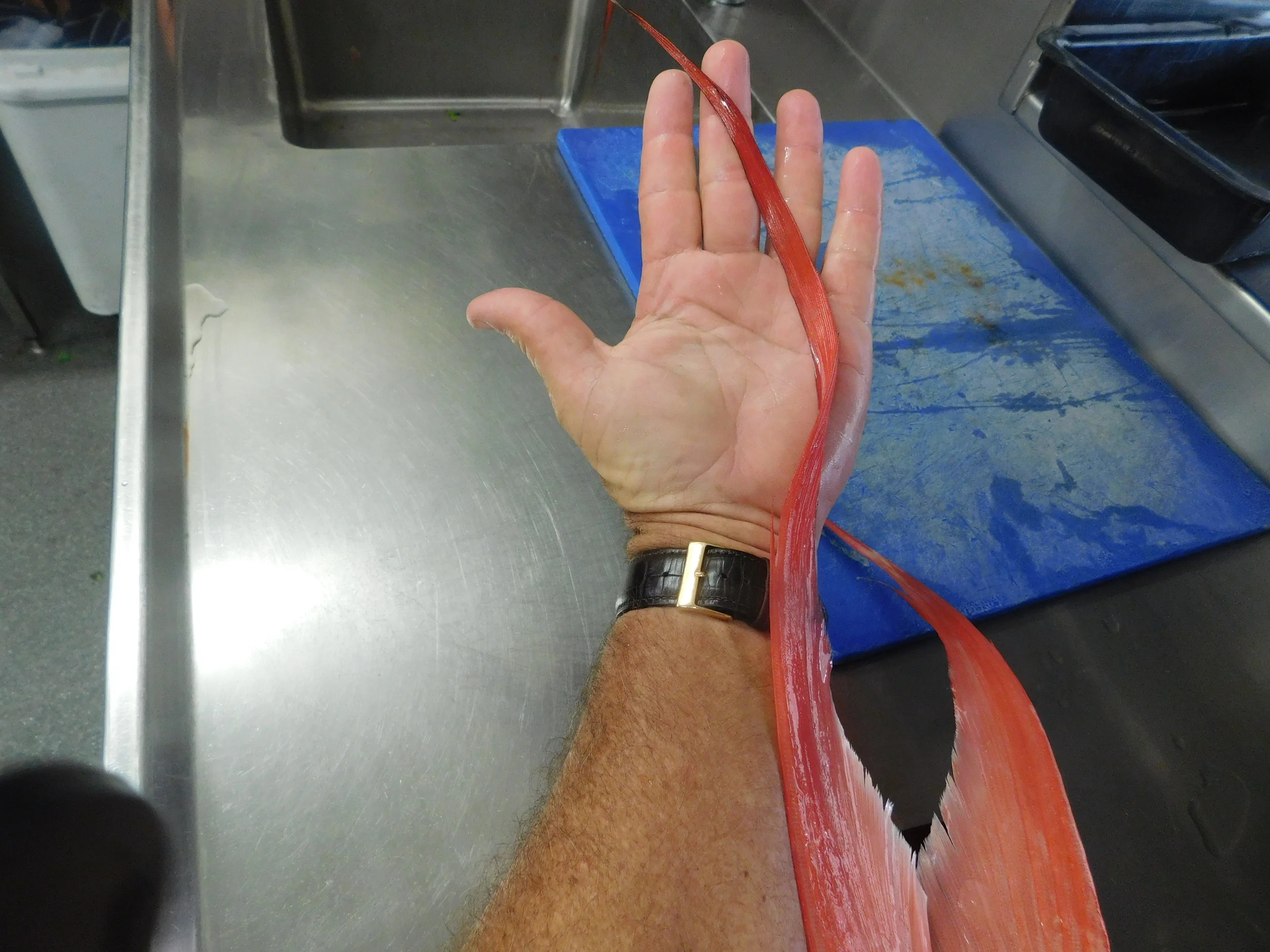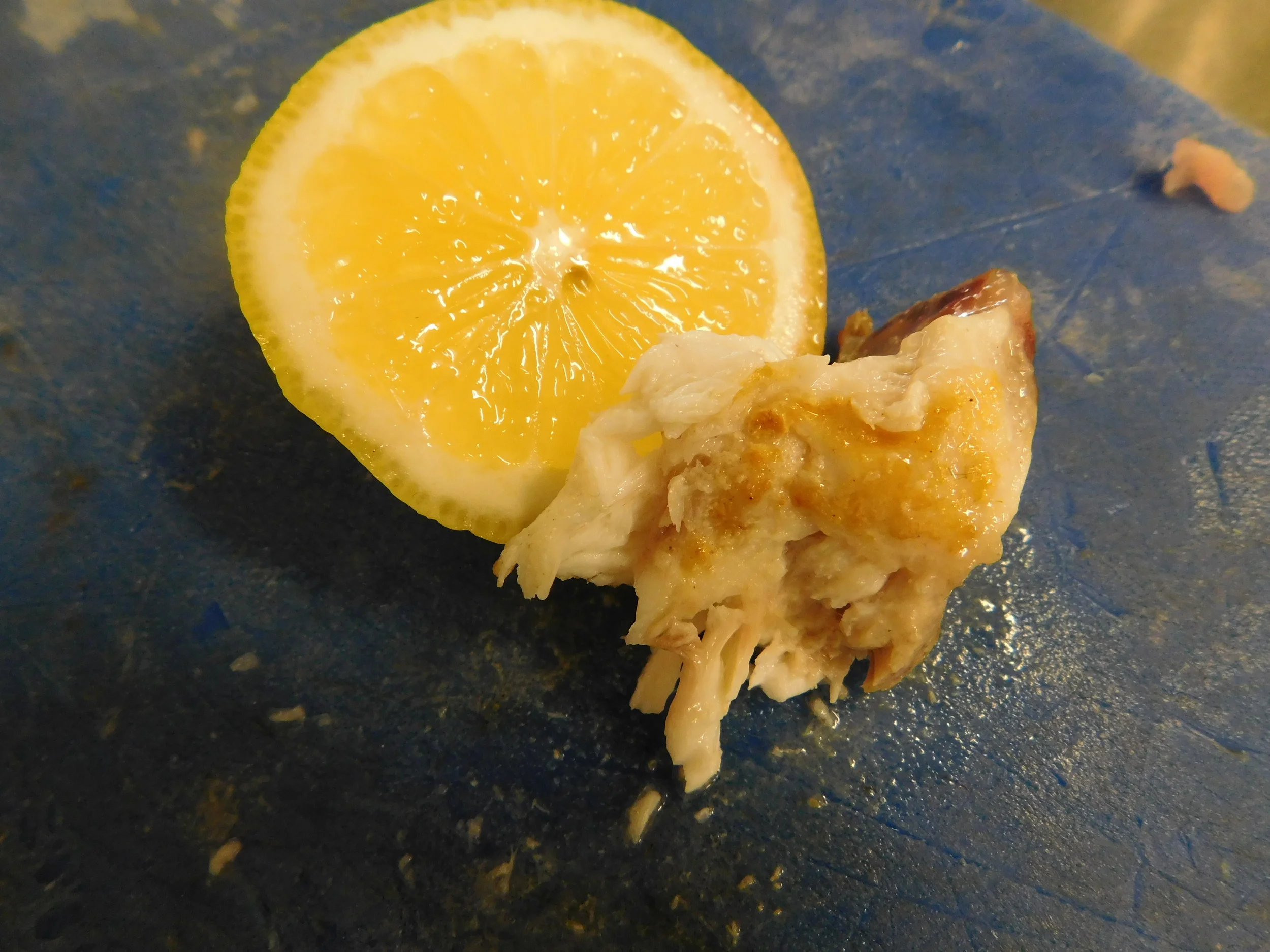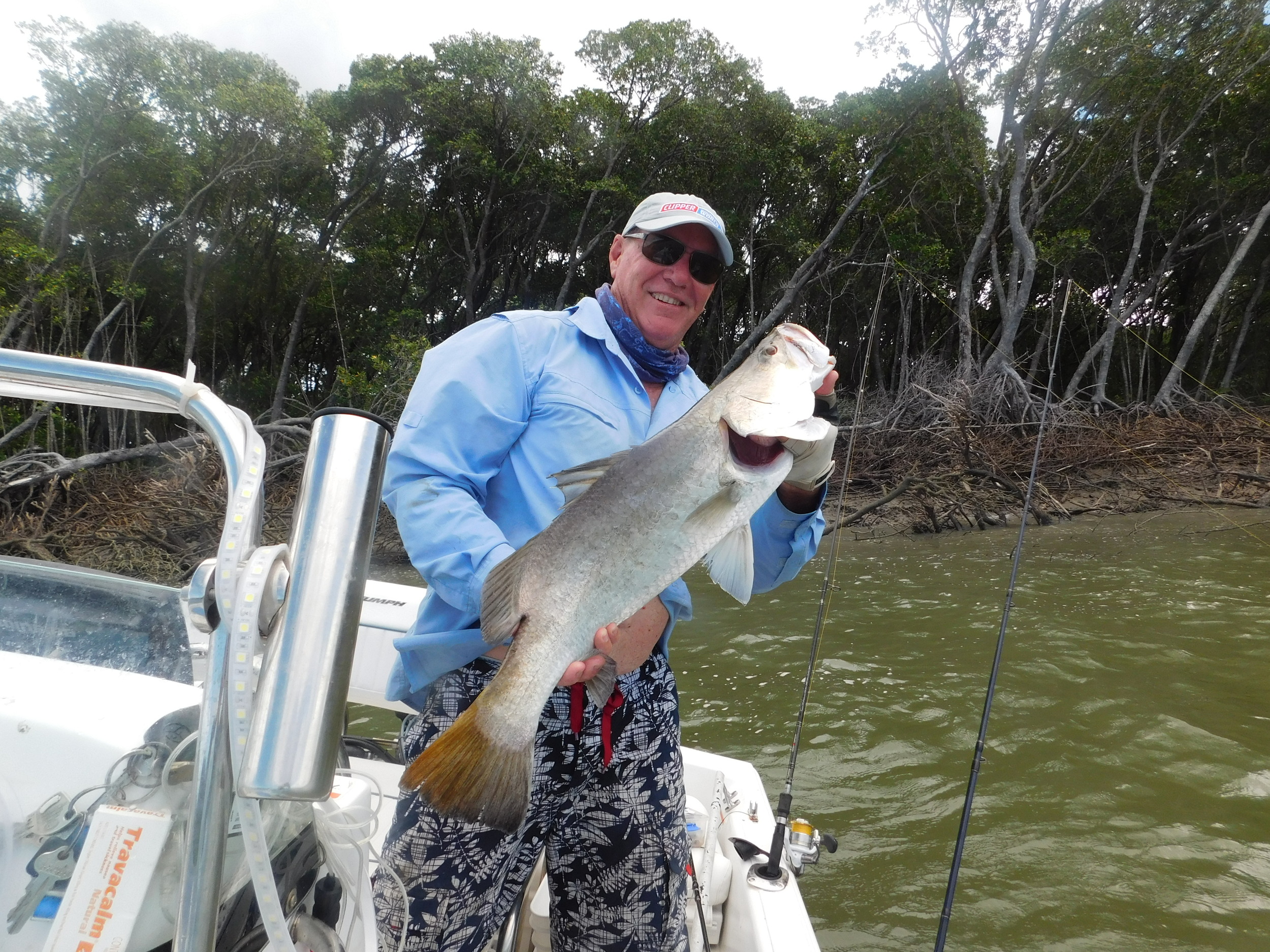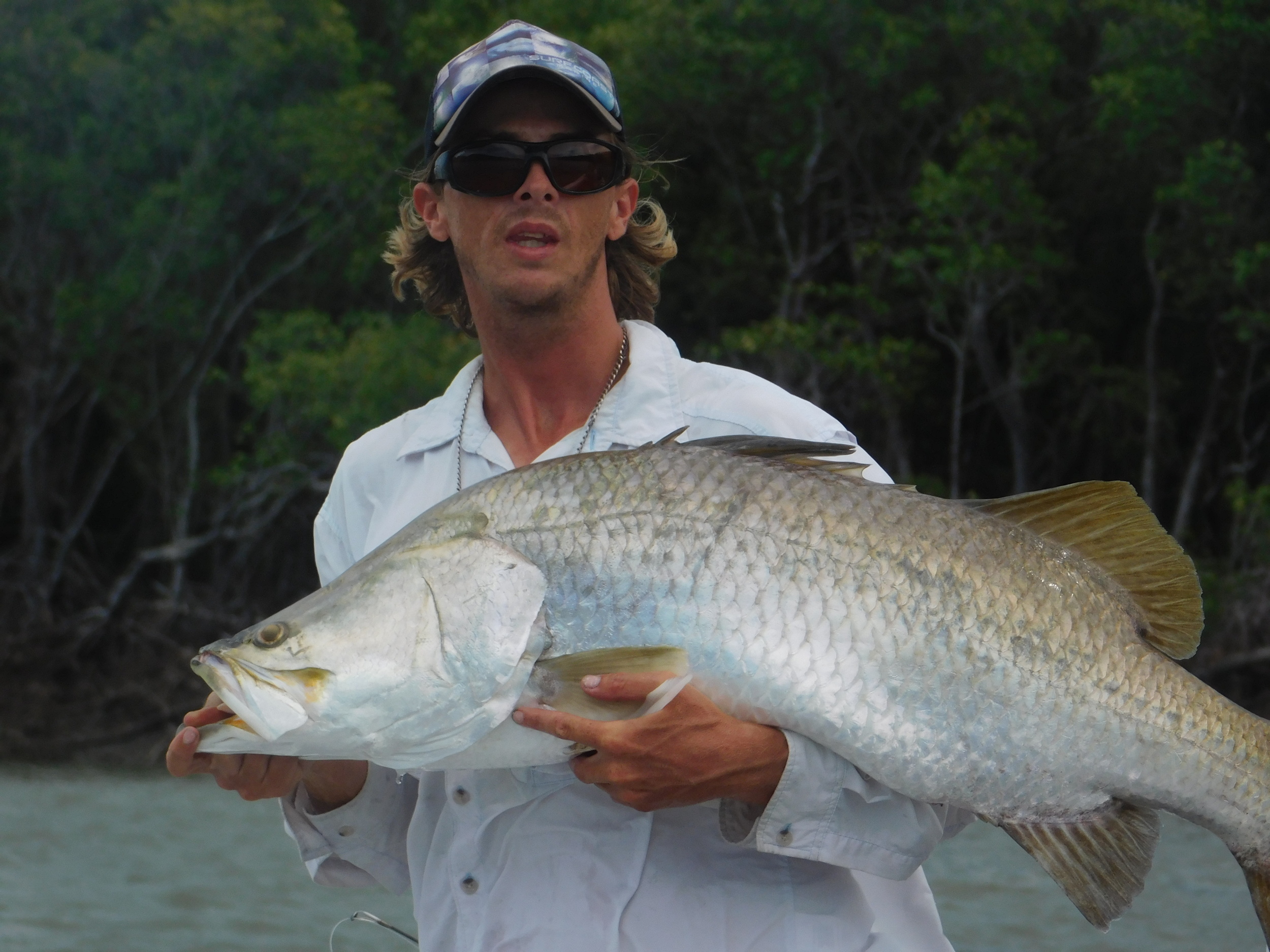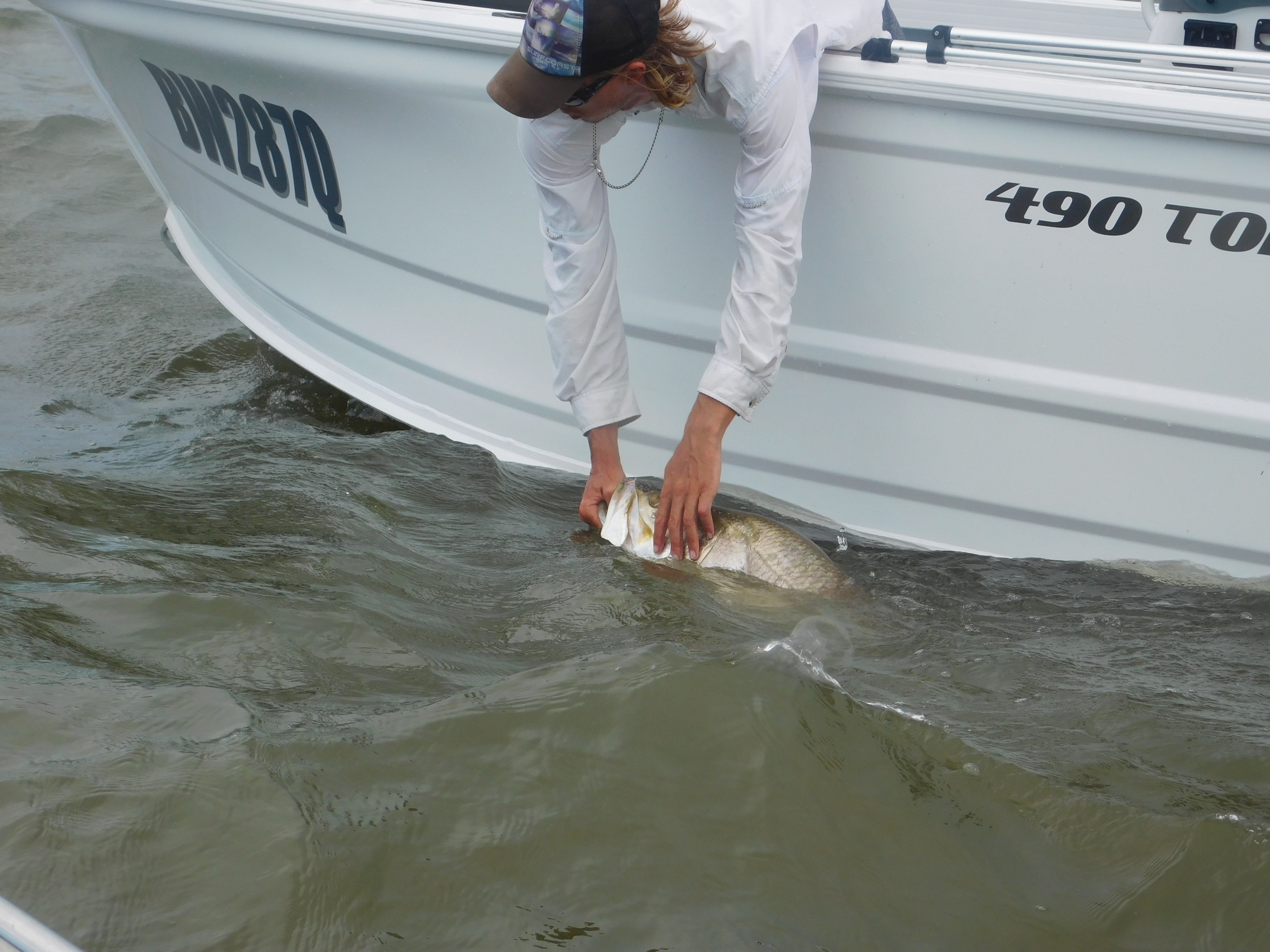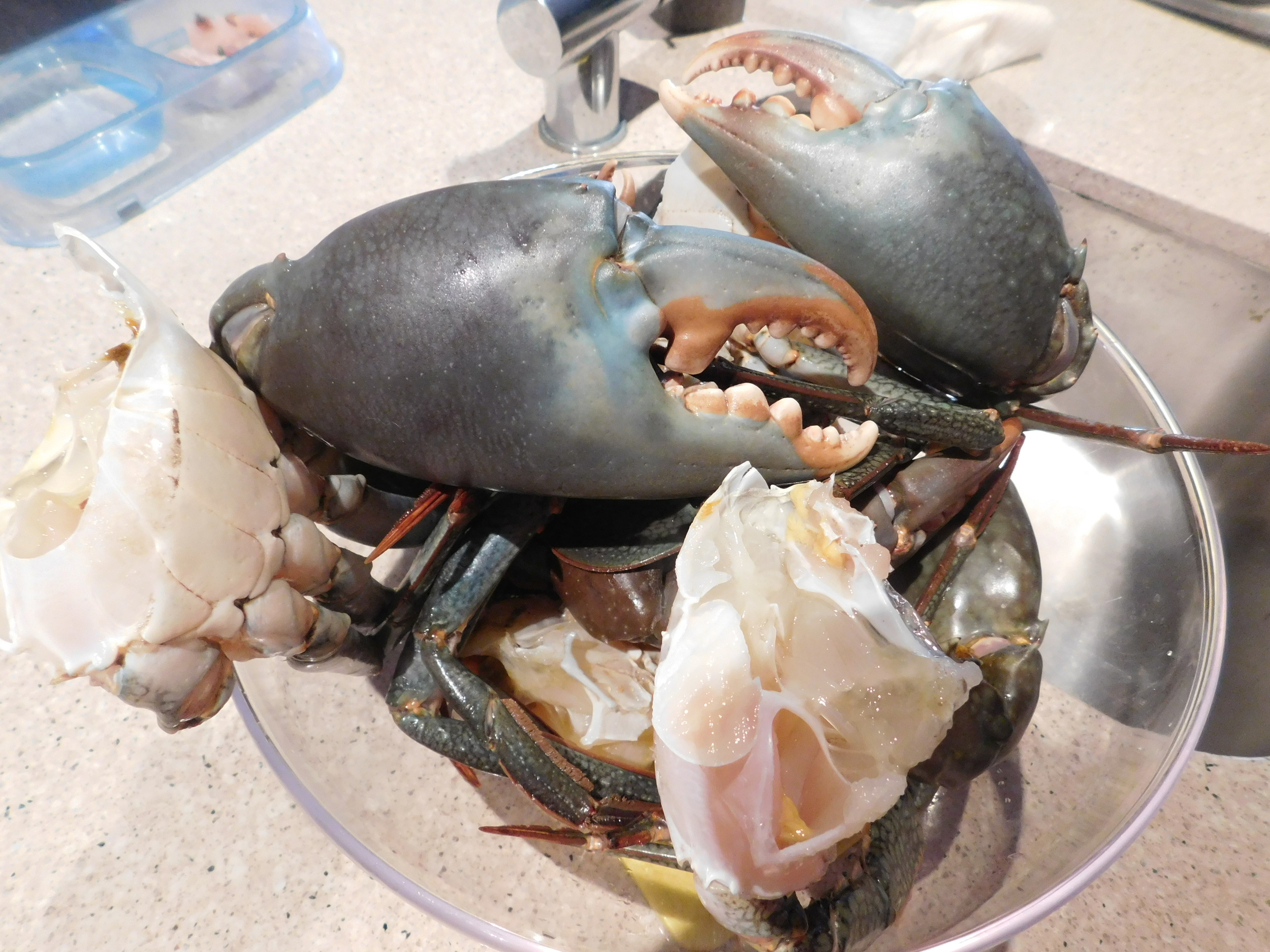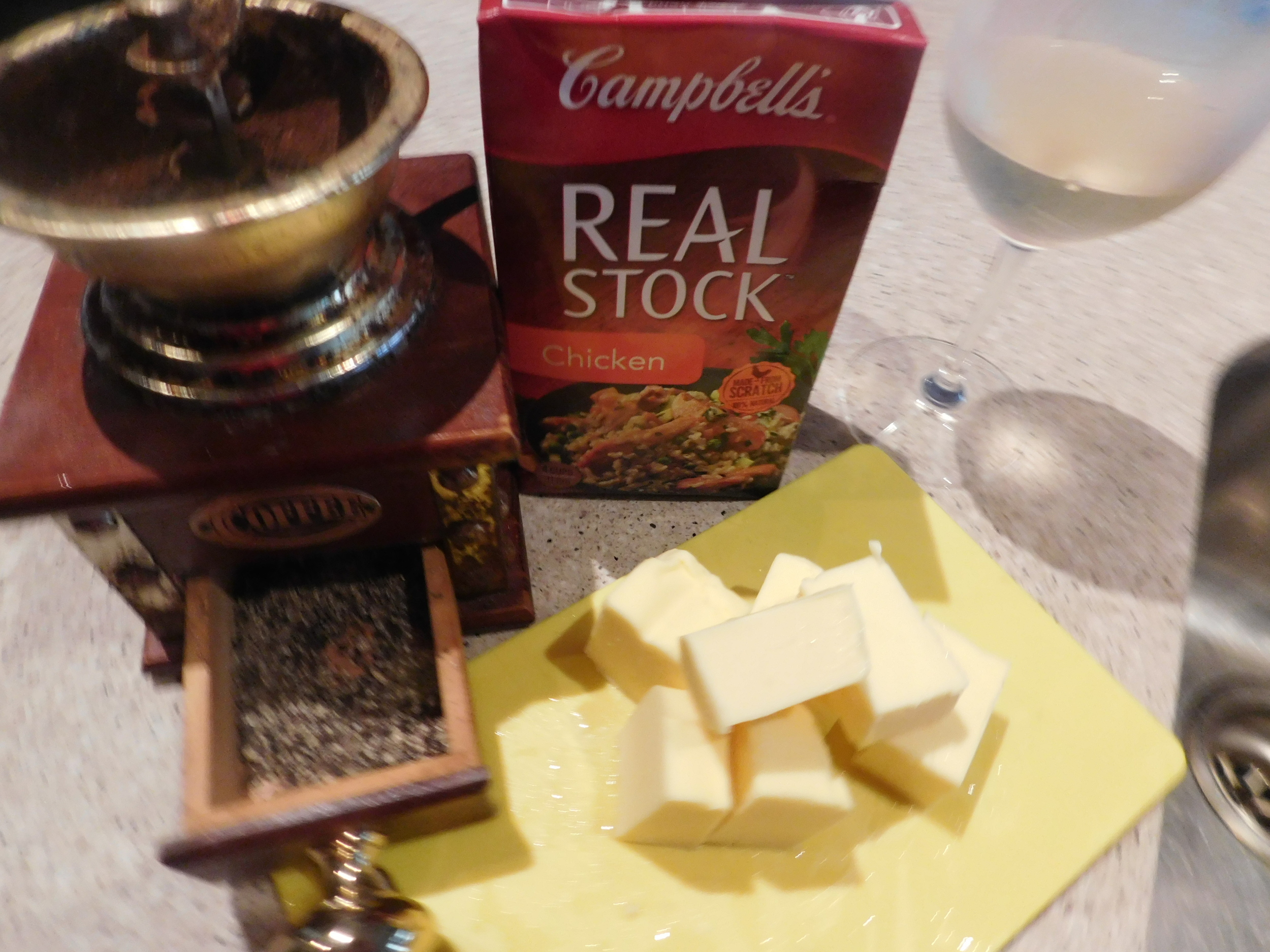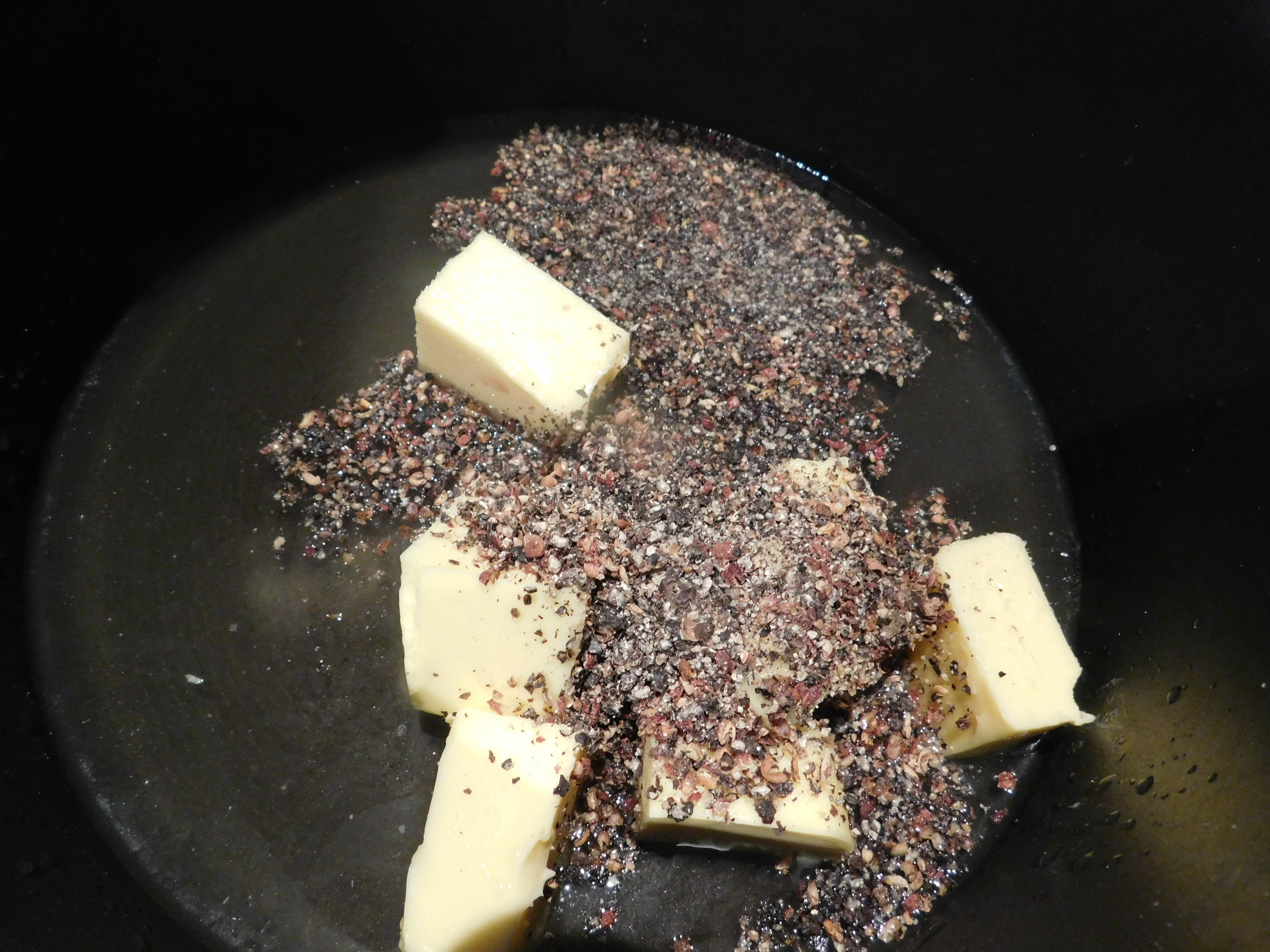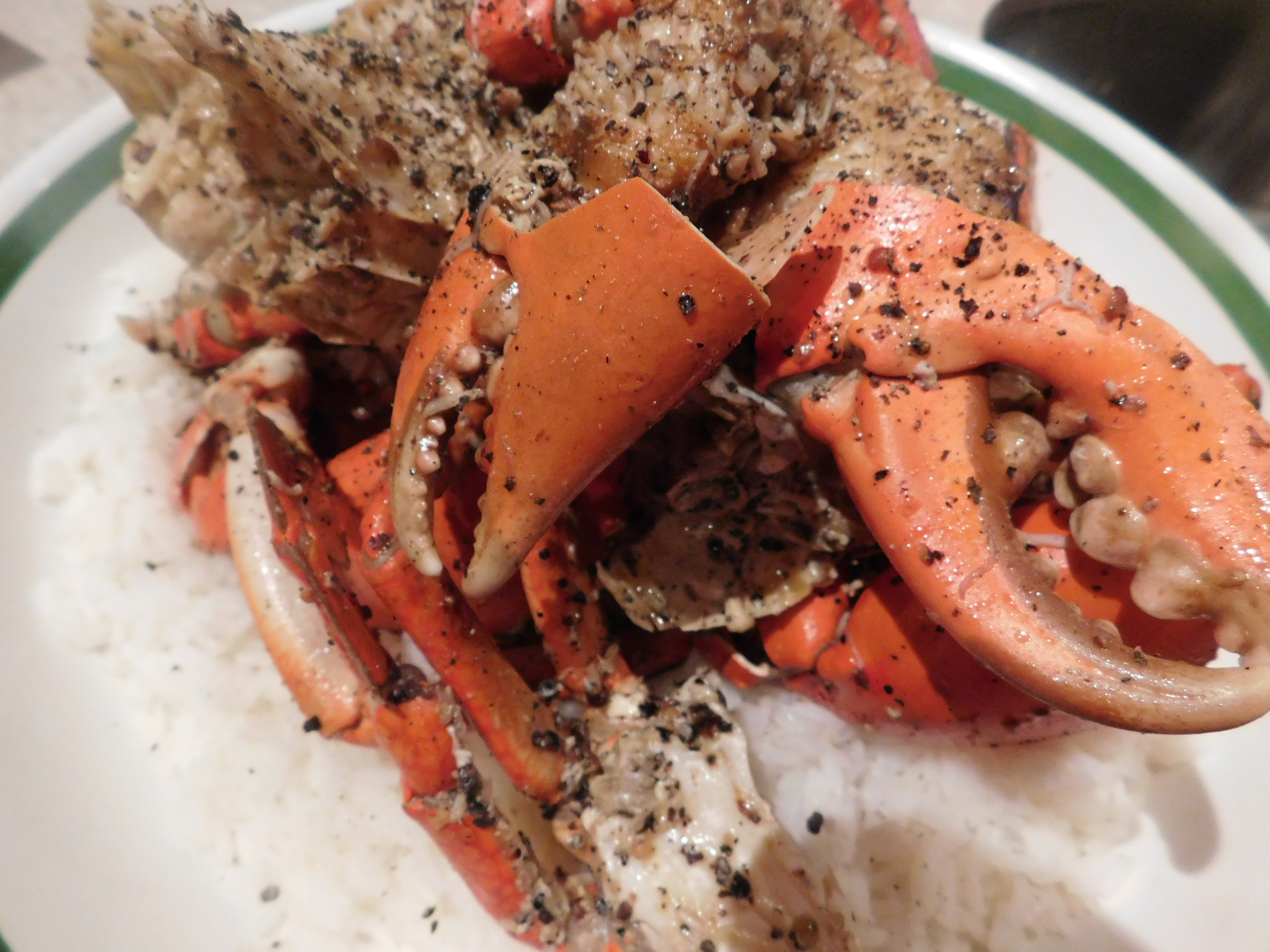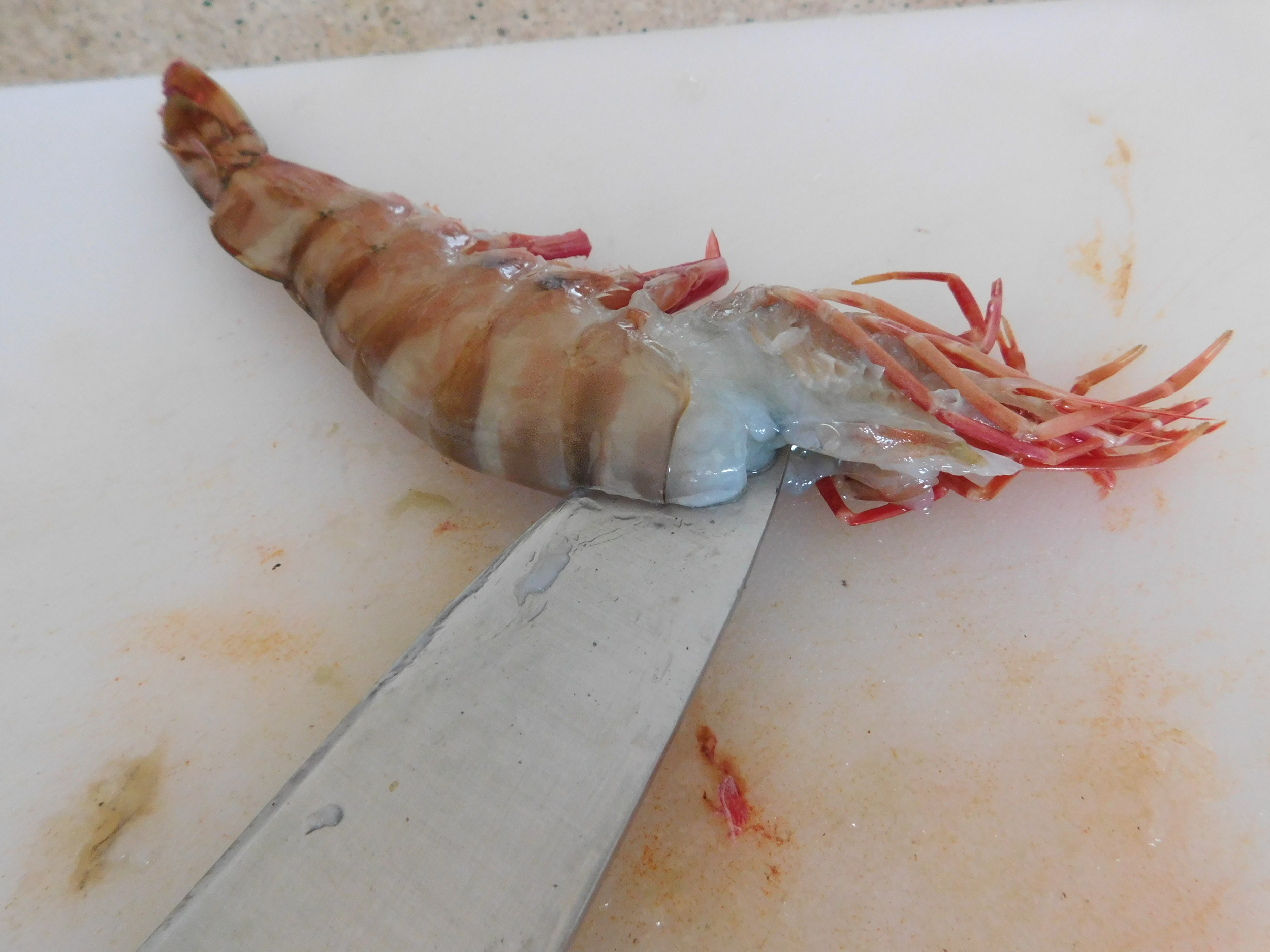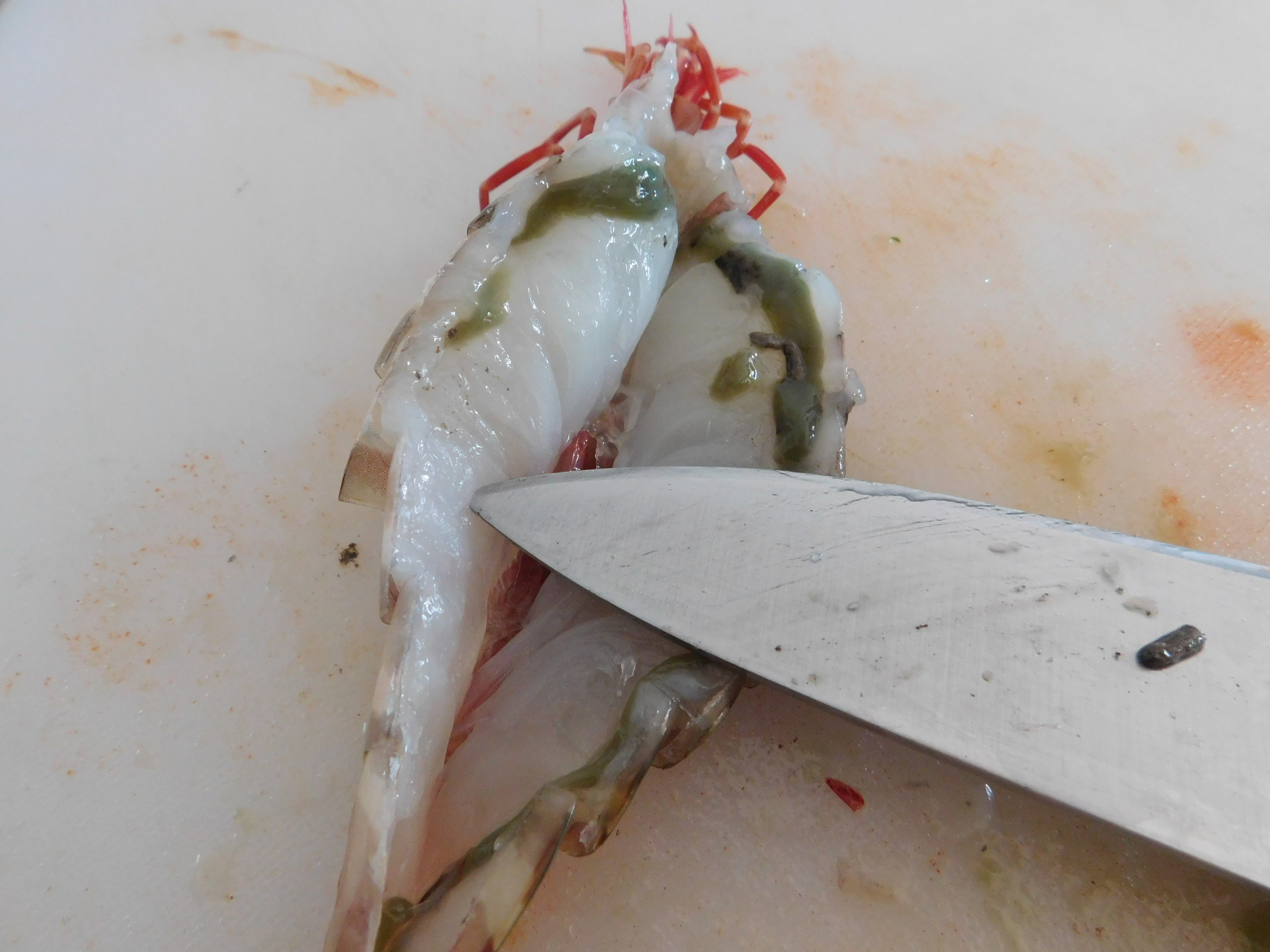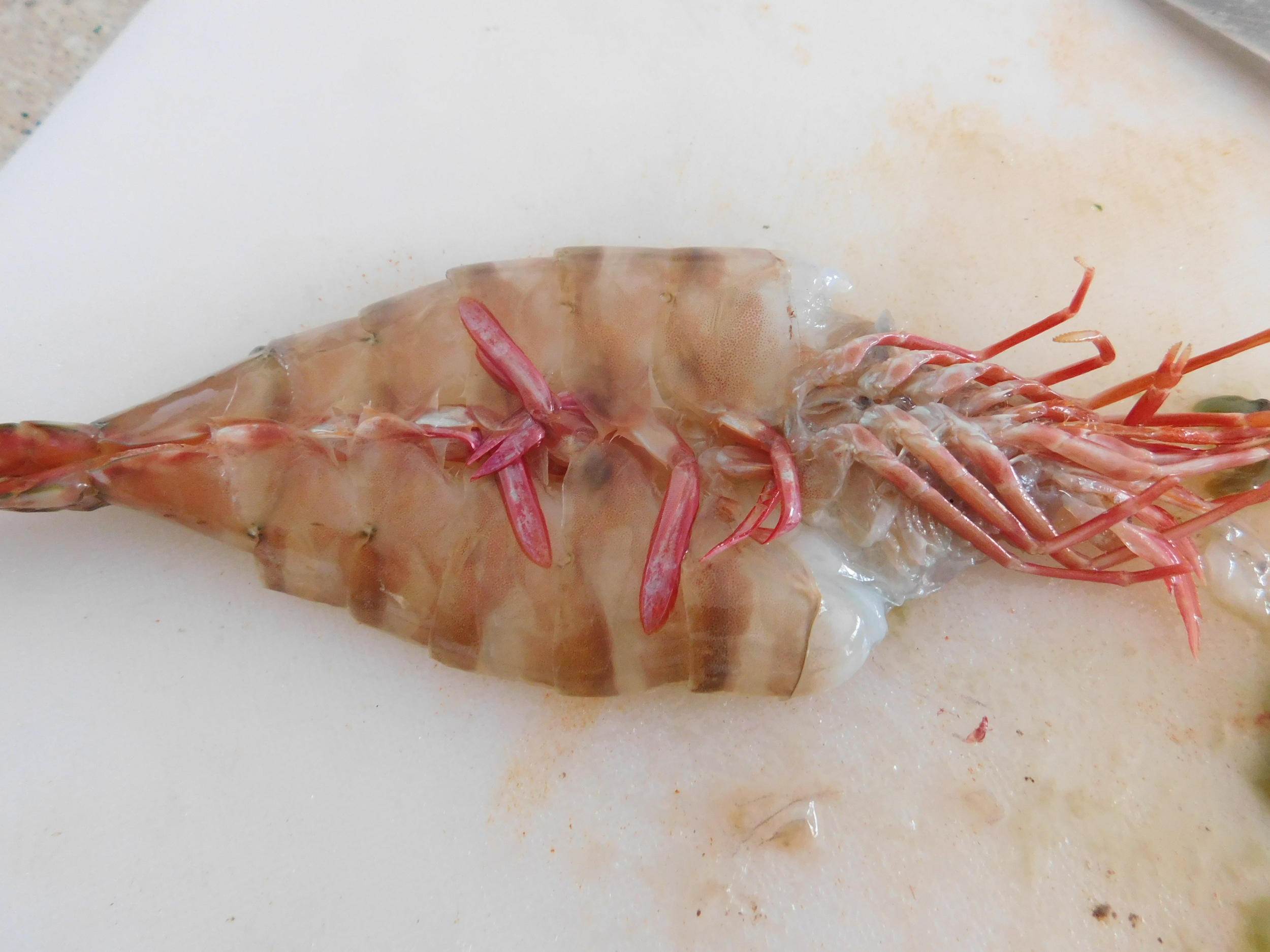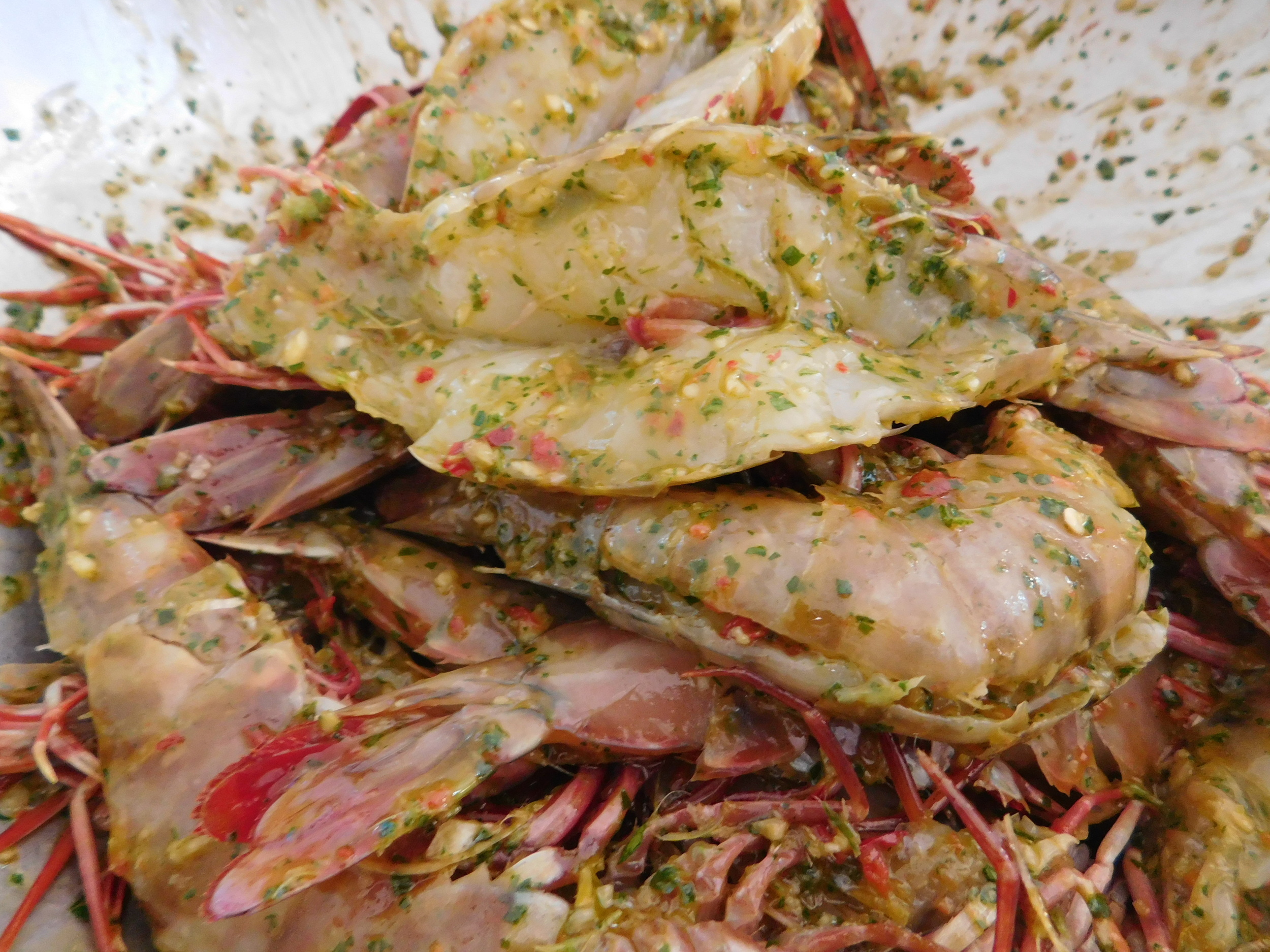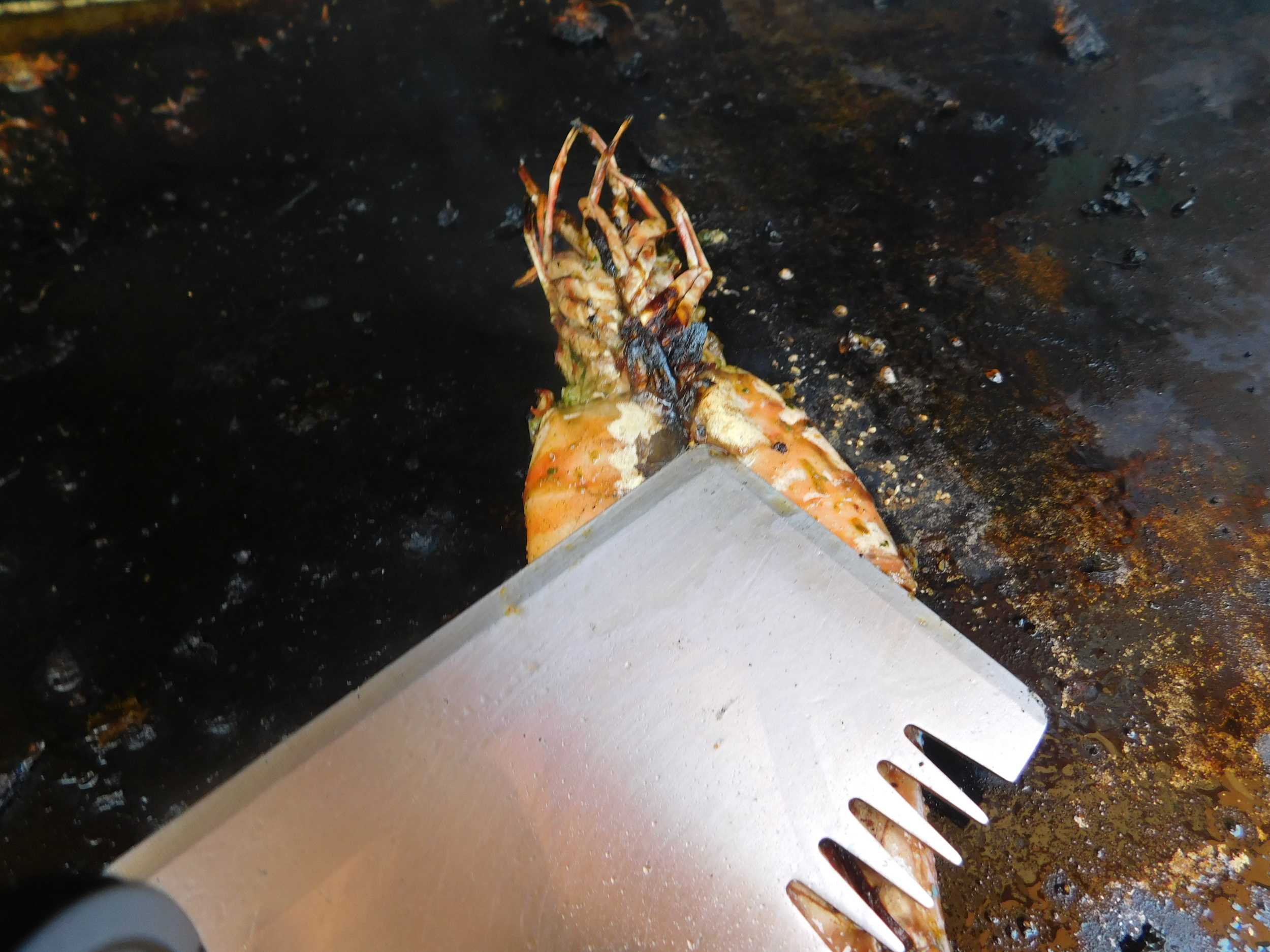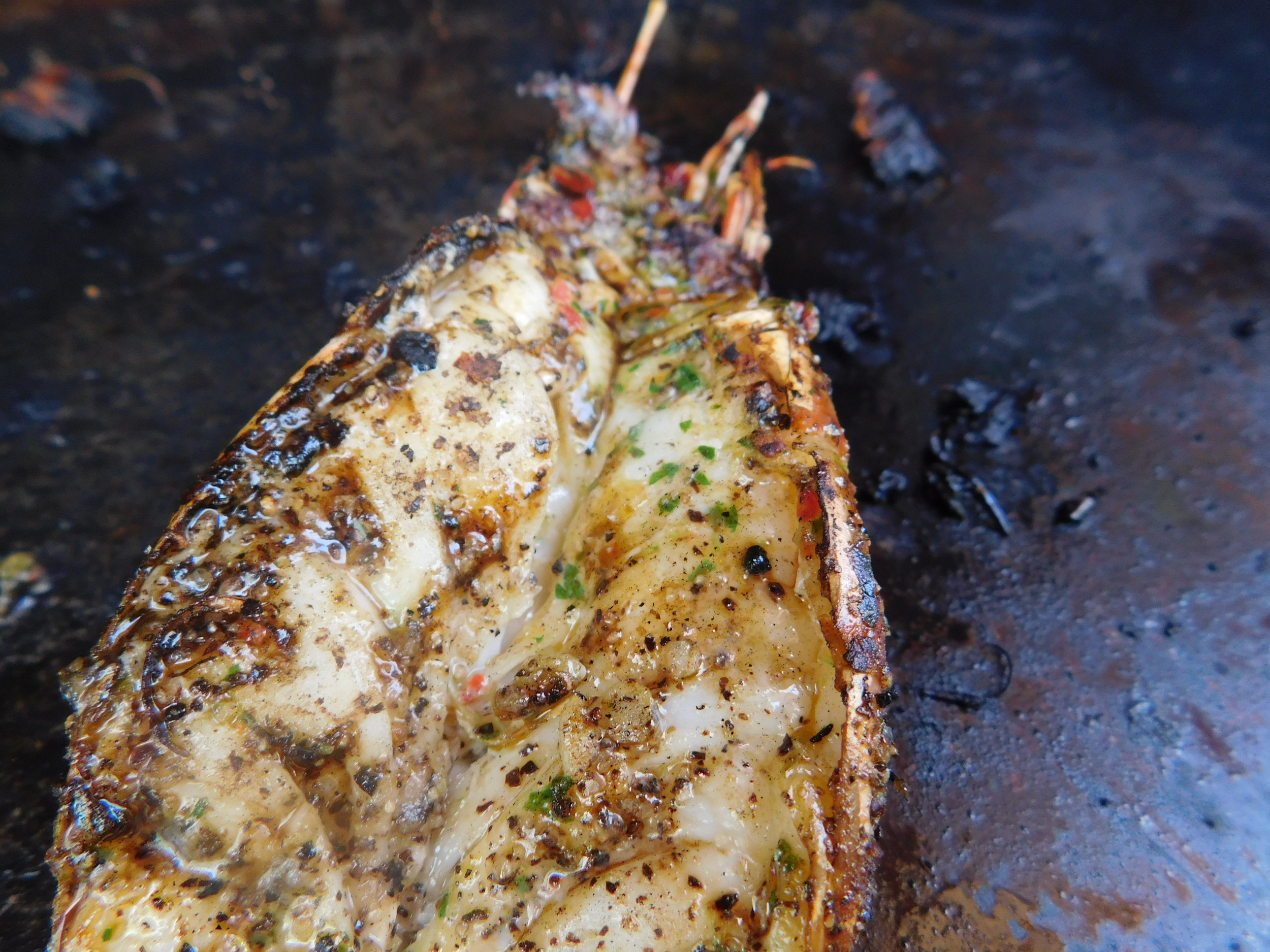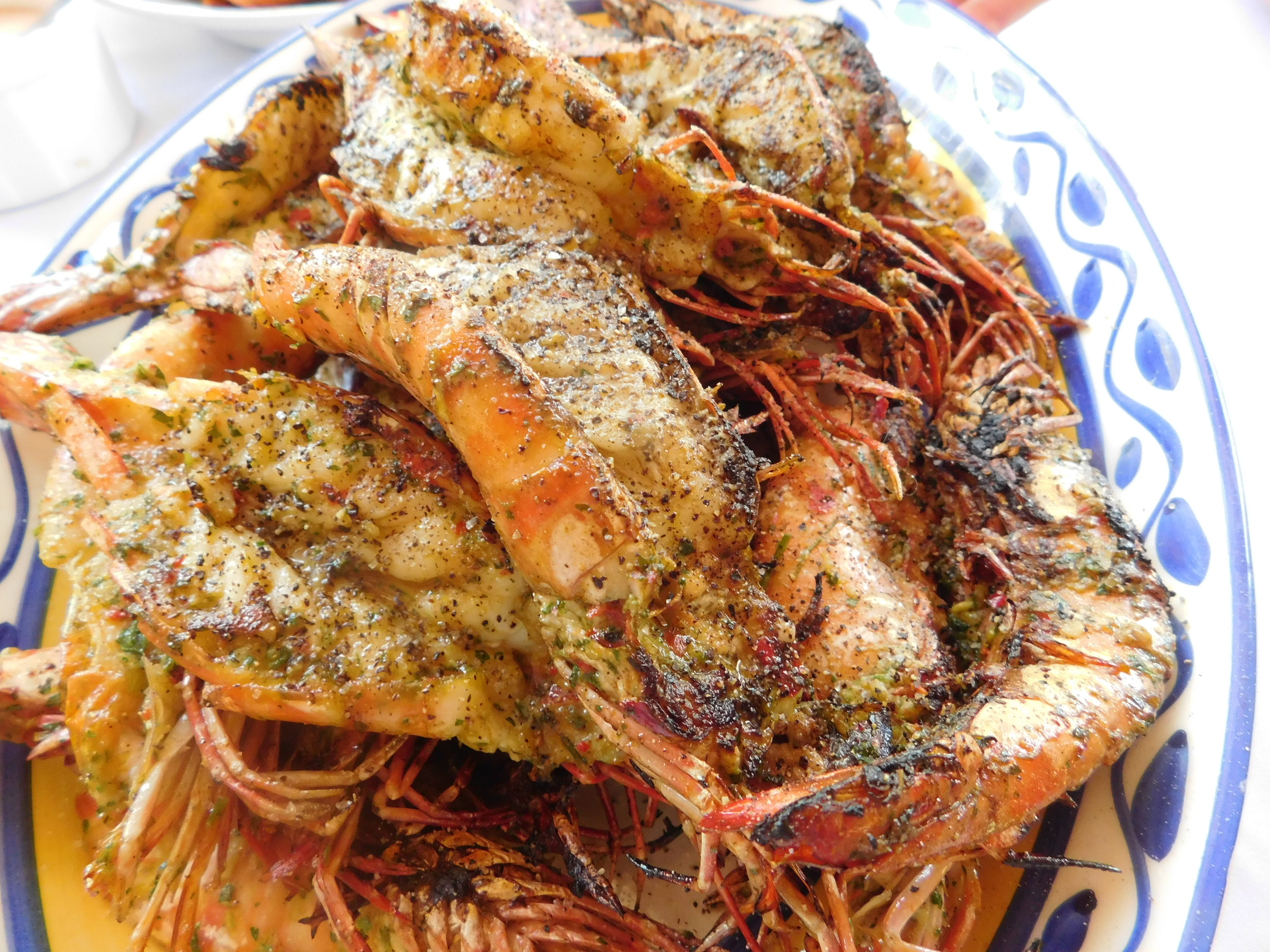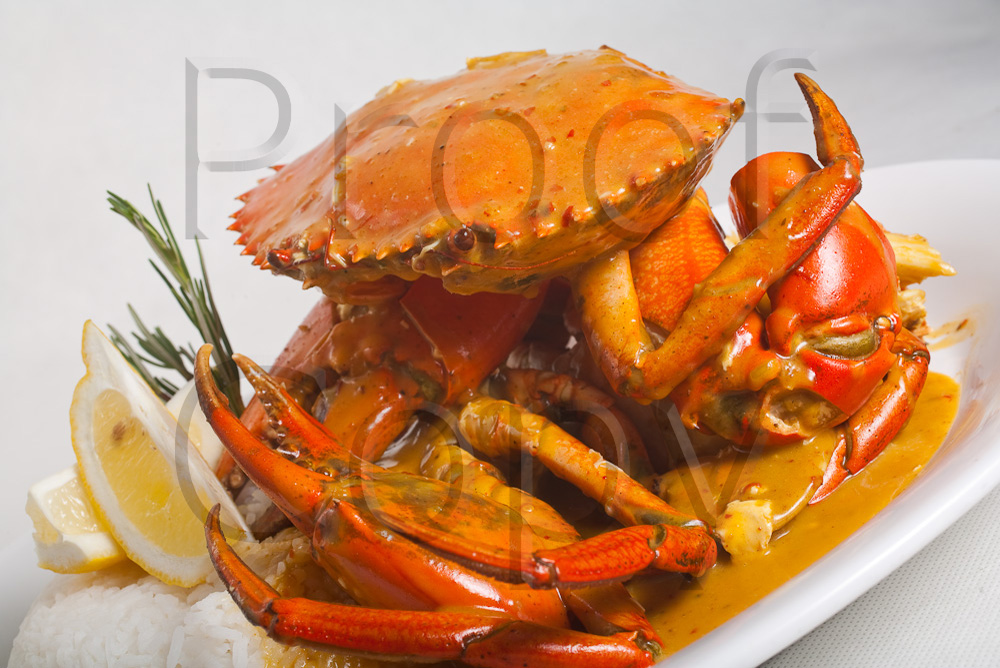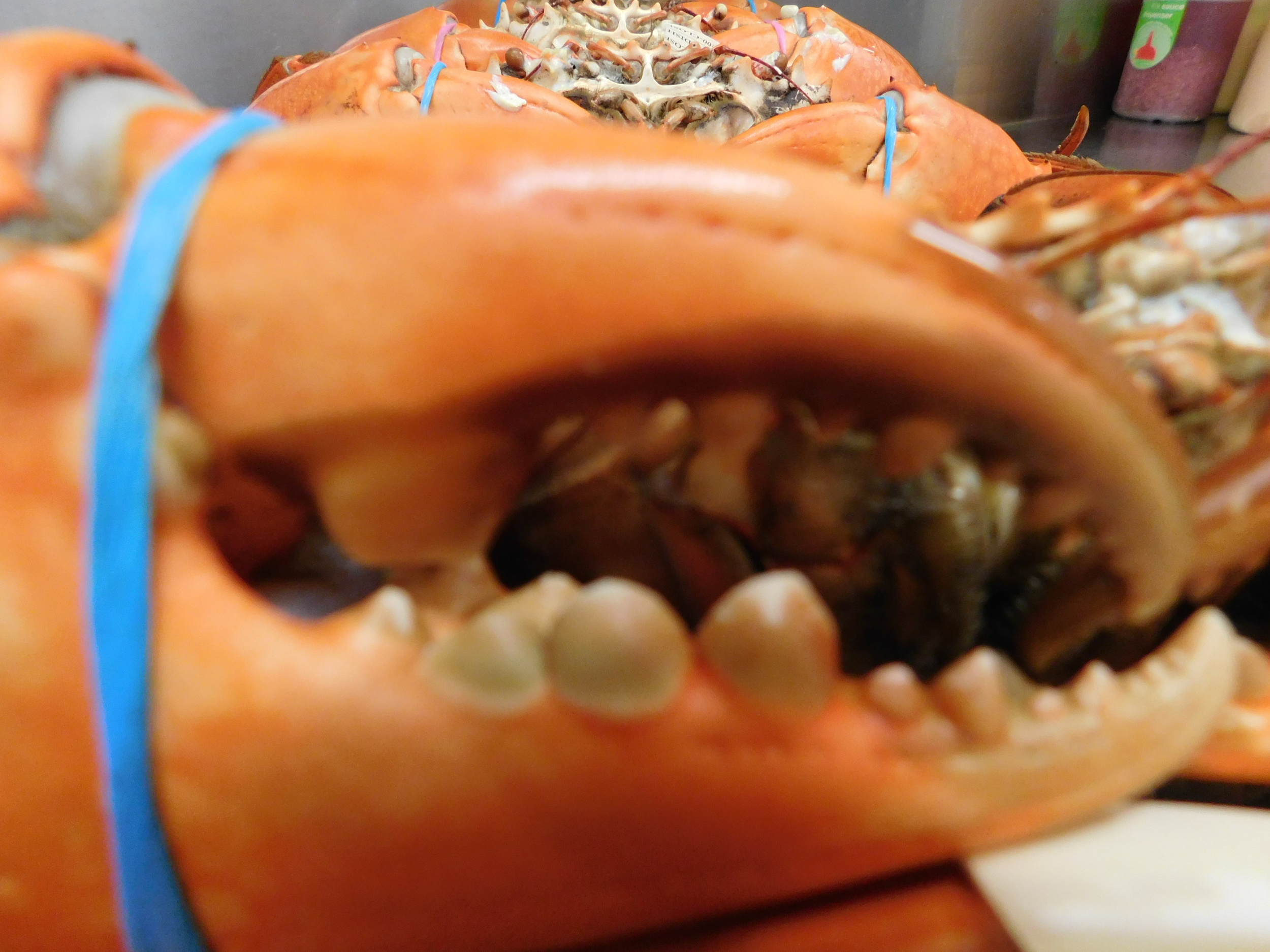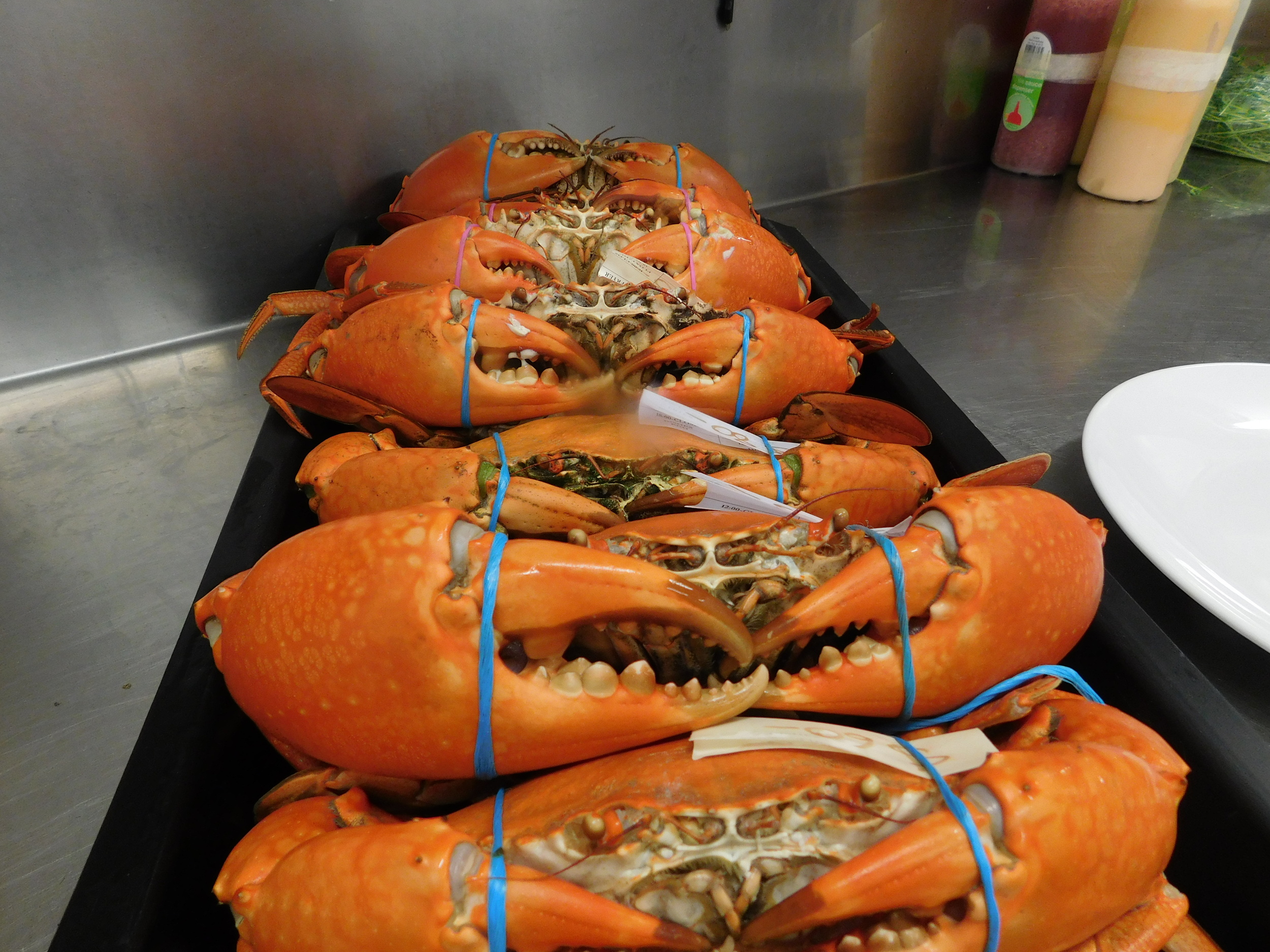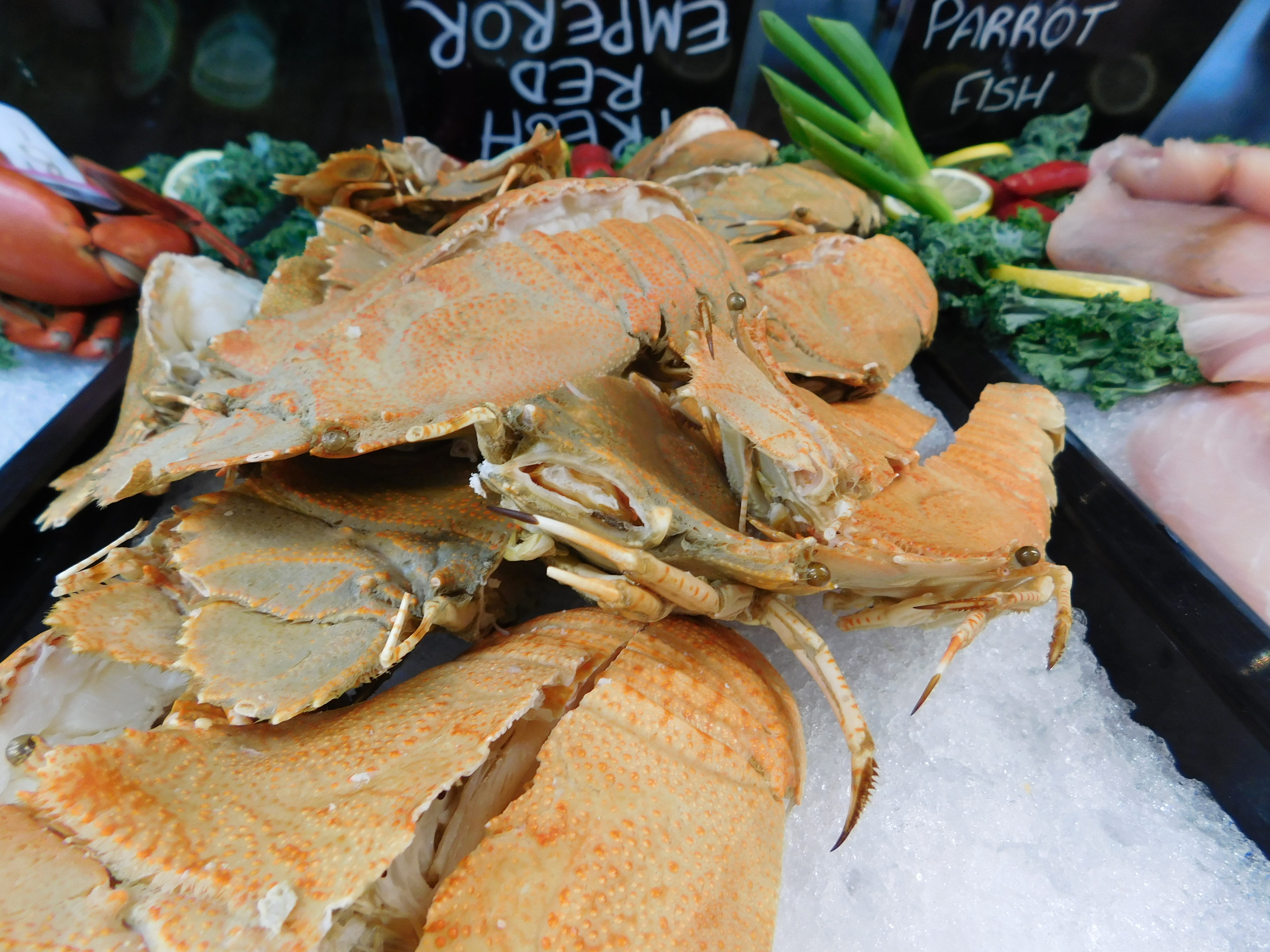After an amazingly busy Christmas, which has kept me off the water and not getting any fishing time, the biggest day on many fishos calendars, February 1st has arrived during the brief lull between Christmas holidays and Chinese New Year. I get a window of a slower week, which just happens to encompass the opening of Barramundi season, at 12 noon on Feb 1st and this year a delayed wet season and small tides have the Barra schooled up, hungry and just waiting for the rain to start before they breed.
The fishing in Proserpine River has been amazing. I have never seen so many big barramundi caught with the average size over 70cm and I saw 3 fish all around 110cm caught this afternoon in just a few hours. I also saw all 3 of the big girls released which is an awesome indication that recreational fishers recognise just how important these big breeding females are to the future of the fishery.
Proserpine River has been closed to commercial netting for many years and despite a few recent incidents of illegal netting in the river, it remains one of the great barramundi rivers on the Queensland East coast.
The bay itself, and river mouth, will no doubt receive a lot of commercial pressure this year, probably exacerbated by the netting closure in other barramundi fishing areas, but at present, at least until the flood rains come, the Barra are holed up in their thousands inside the relative sanctuary of the river.
While recreational fishers will no doubt take a few it is nice to see a fishery well managed. Tightly controlled bag limits, slot sizes and a growing sense of responsibility amongst anglers who are increasingly letting big fish go free. It would be great to see the commercial sector adapt a practice of releasing all the big females but know this is not going to happen. Regardless of commercial pressure in Repulse Bay the numbers of fish in the river give me great optimism that the existing management regimes are working, and working well.
Always a side benefit of the start of Barra season is a good run of mud crabs. Yesterday was no exception with 6 beautiful full “muddies” adding to my Barra tally and these became a very simple but all-time favourite dinner last night. Ingredients are so simple. A little chicken stock, splash of white wine, lots of butter and LOTS of freshly cracked black pepper. A little trick I have used for years is an old fashion coffee grinder as a great way to make a LOT of cracked pepper. I prefer to steam my pre cleaned crabs first and then make a sauce with the rest of the ingredients. Crack the still warm crabs, reduce the sauce down in a heavy pan or wok till the liquid is just about evaporated and then toss the crab through the thick crusty, almost dry spice/butter sauce. Serve with rice, a bib and a finger bowl. This is a Singapore staple and I think the best way I have every eaten mud crab. Drop me a line if you want more specific measurements.
It will also be a great time to buy real, wild caught, local barramundi in our local restaurants and fish shops. Ask the question of wait staff and make sure you are getting what you pay for. It is a great fish but has suffered a little from some occasional issues with fish farmed and/or frozen imported barramundi.
